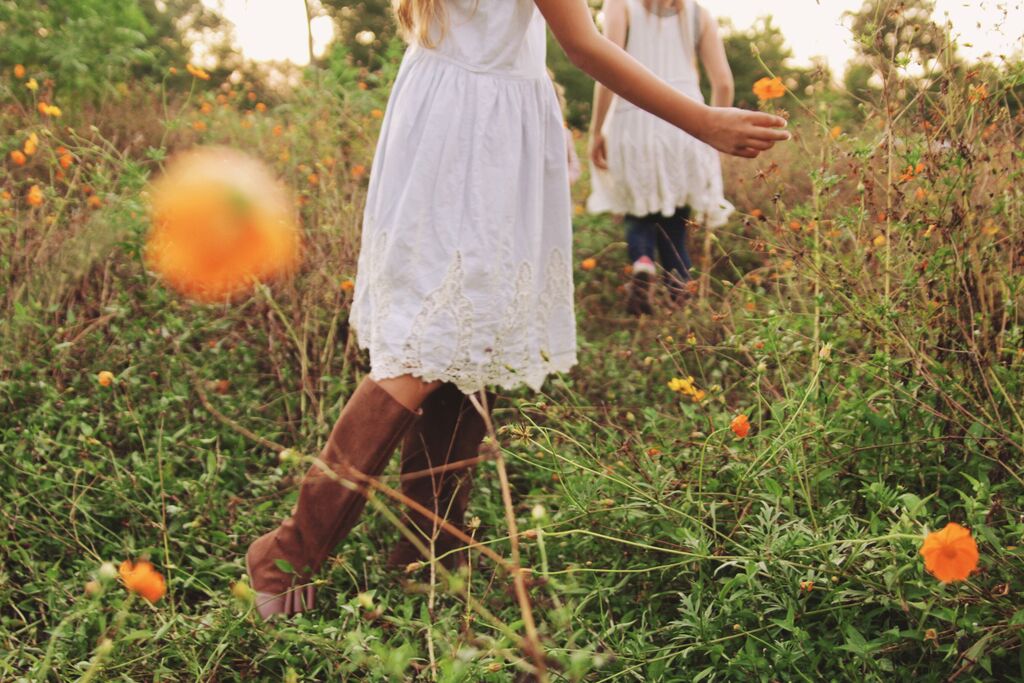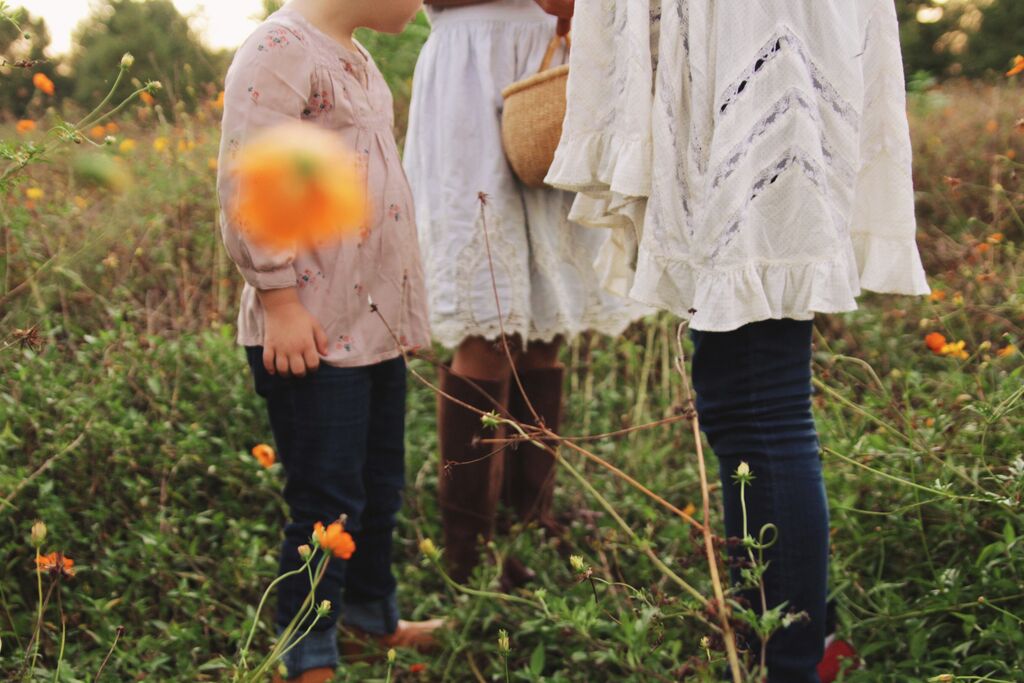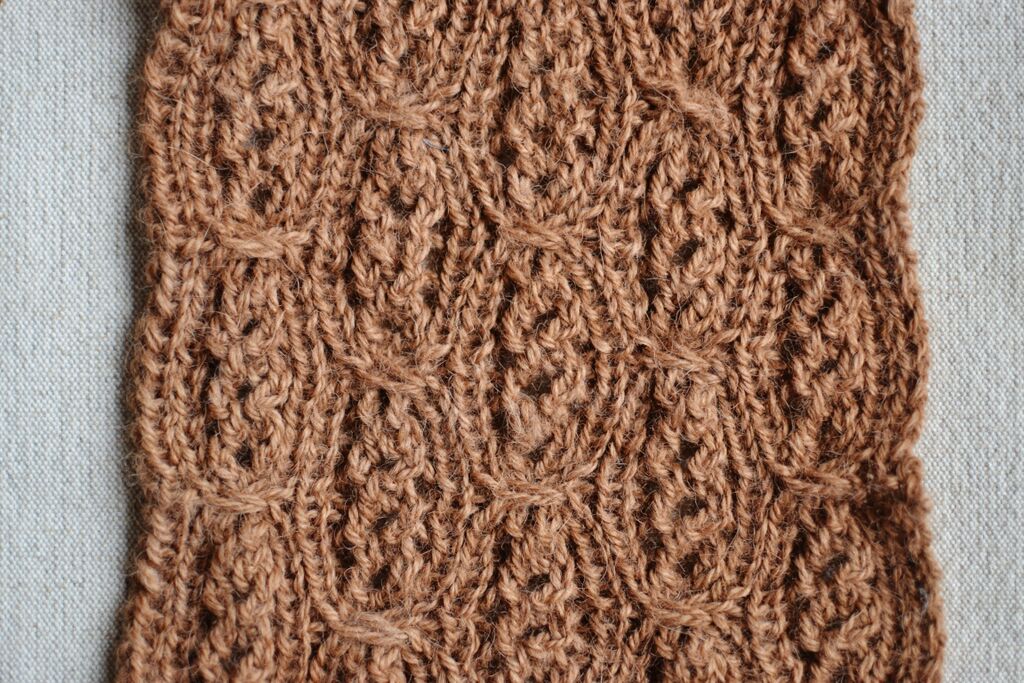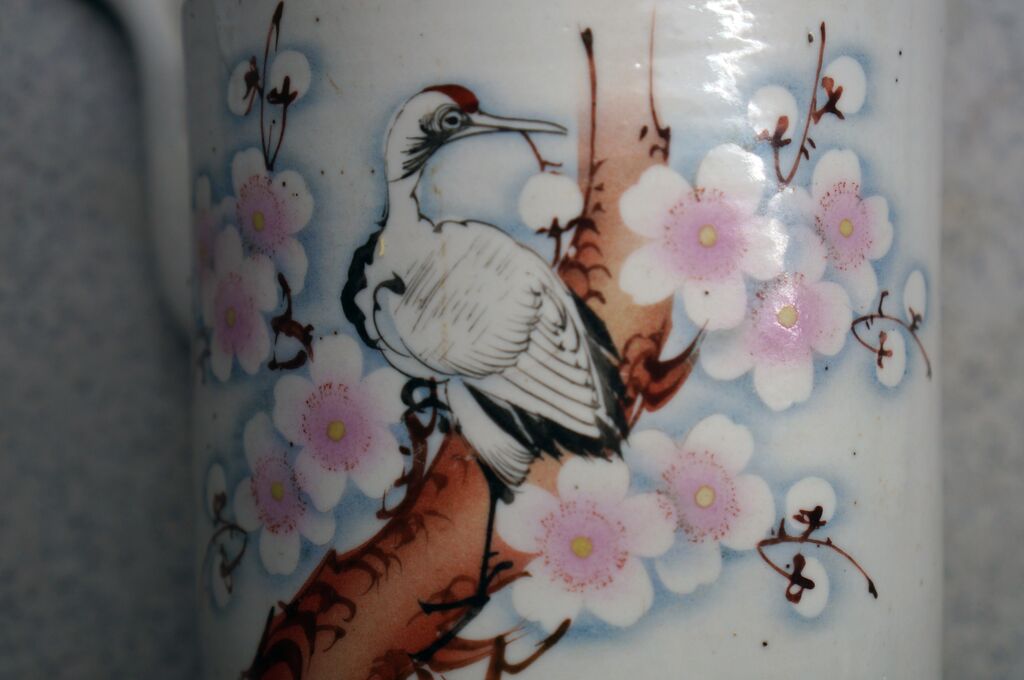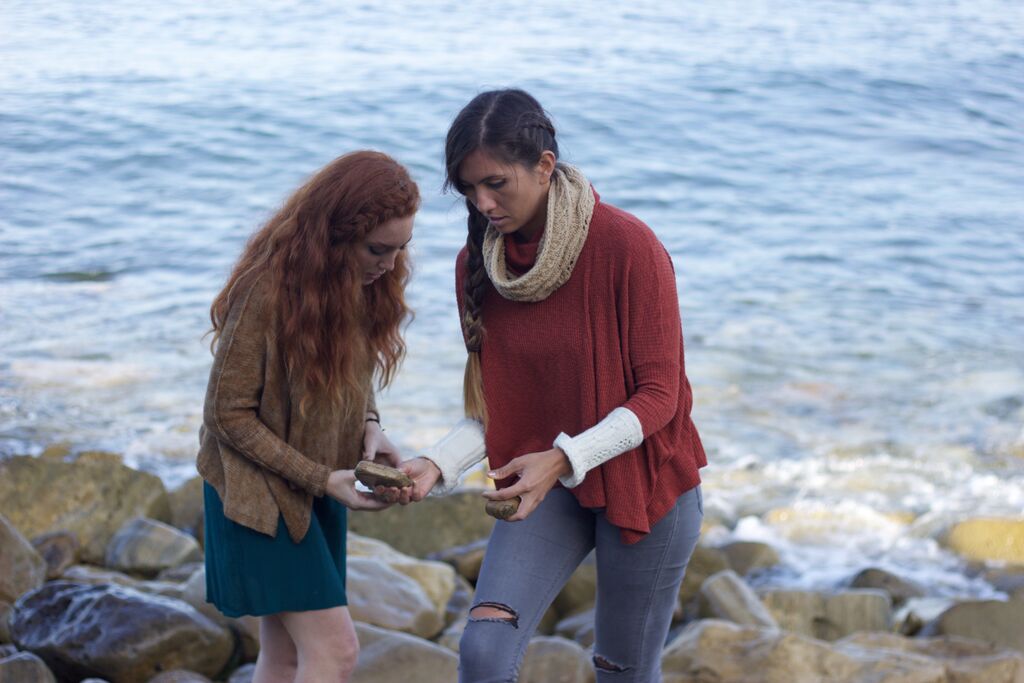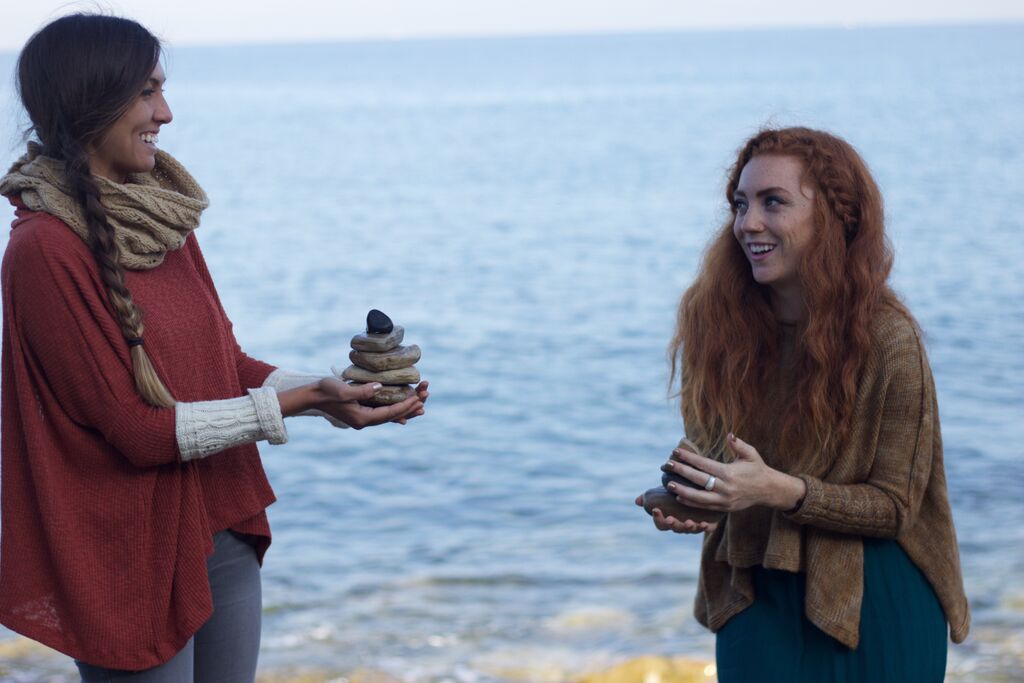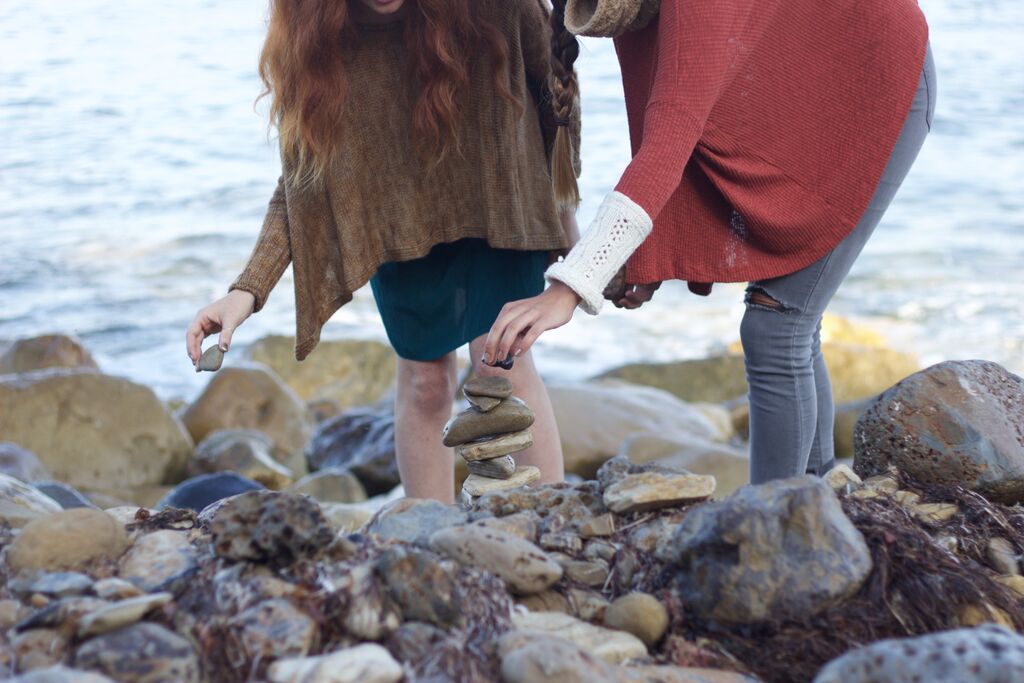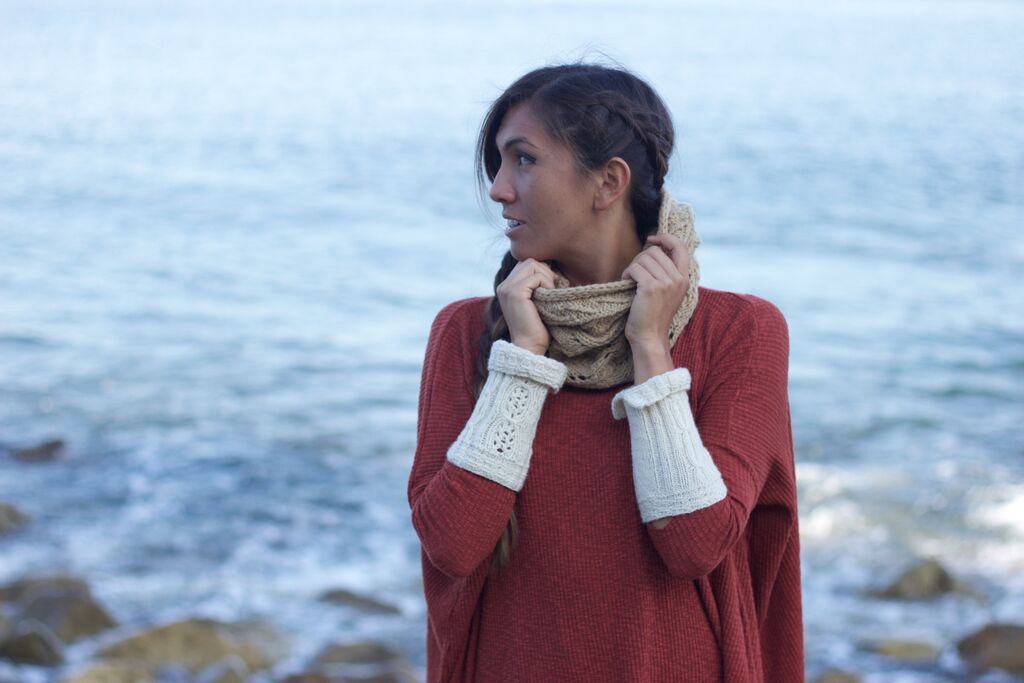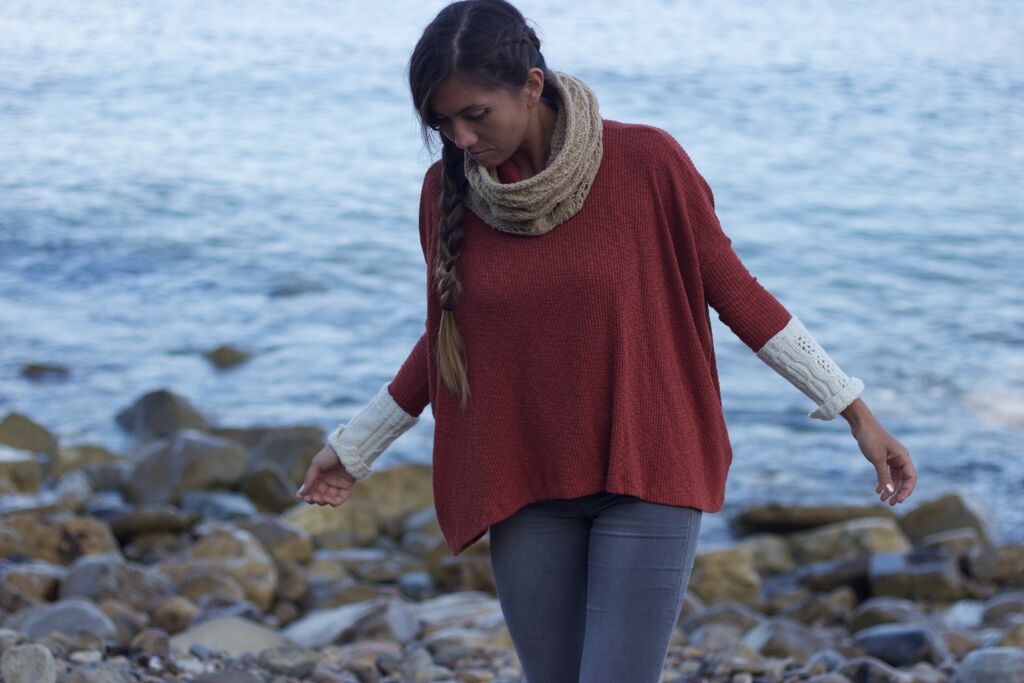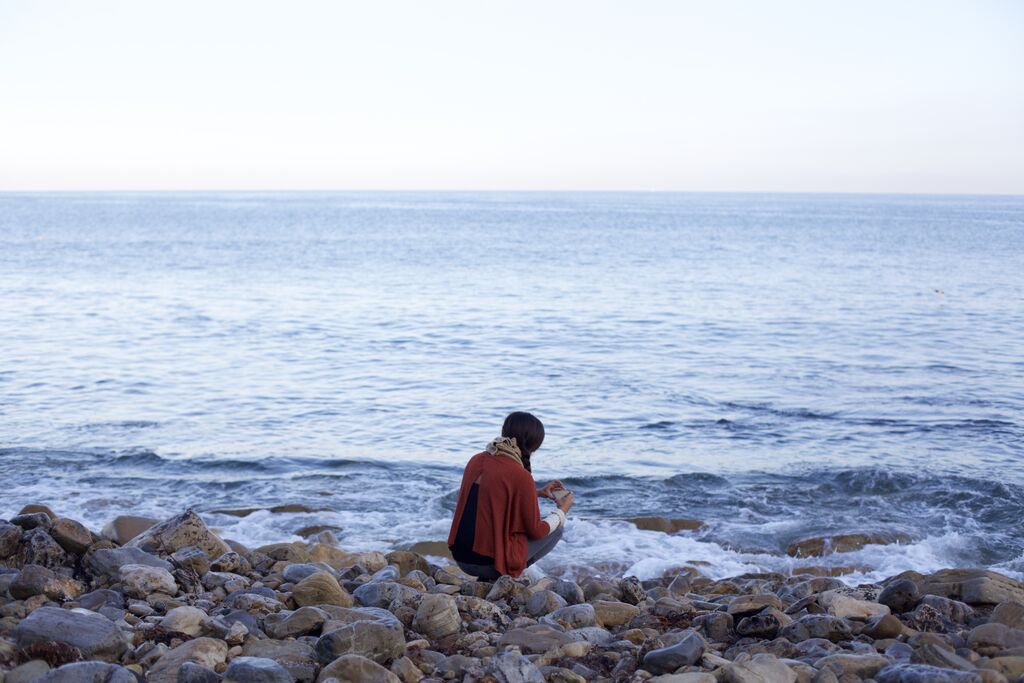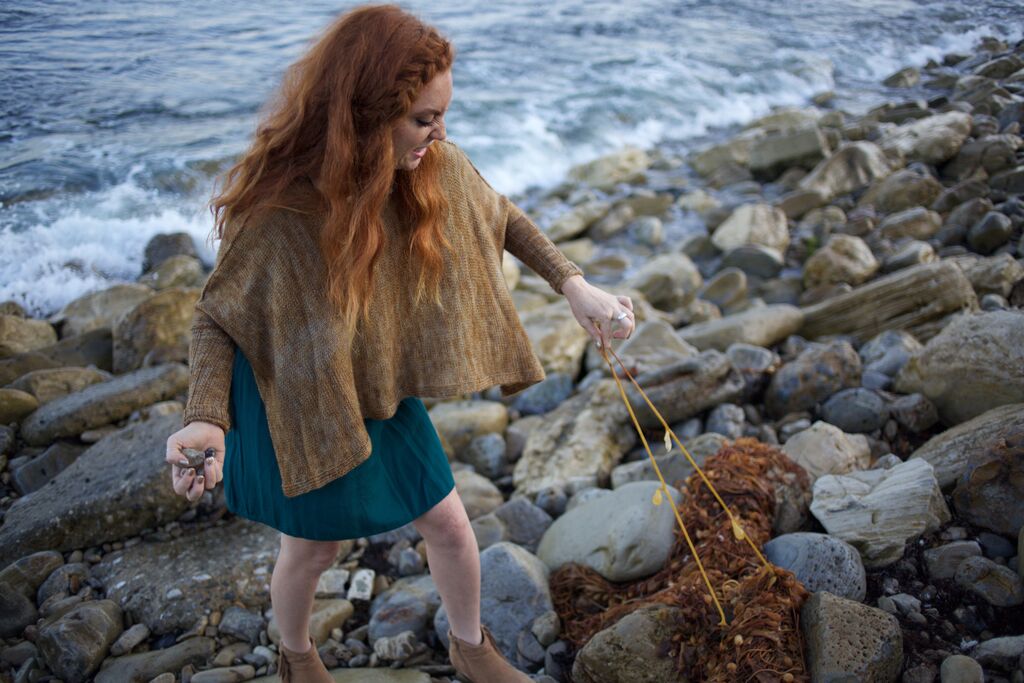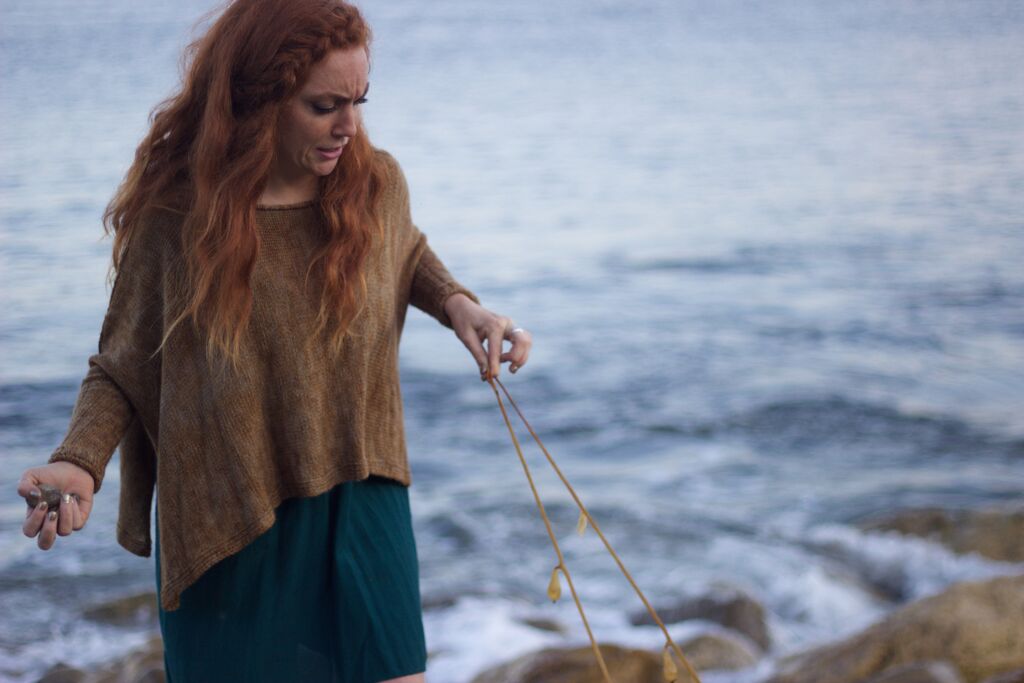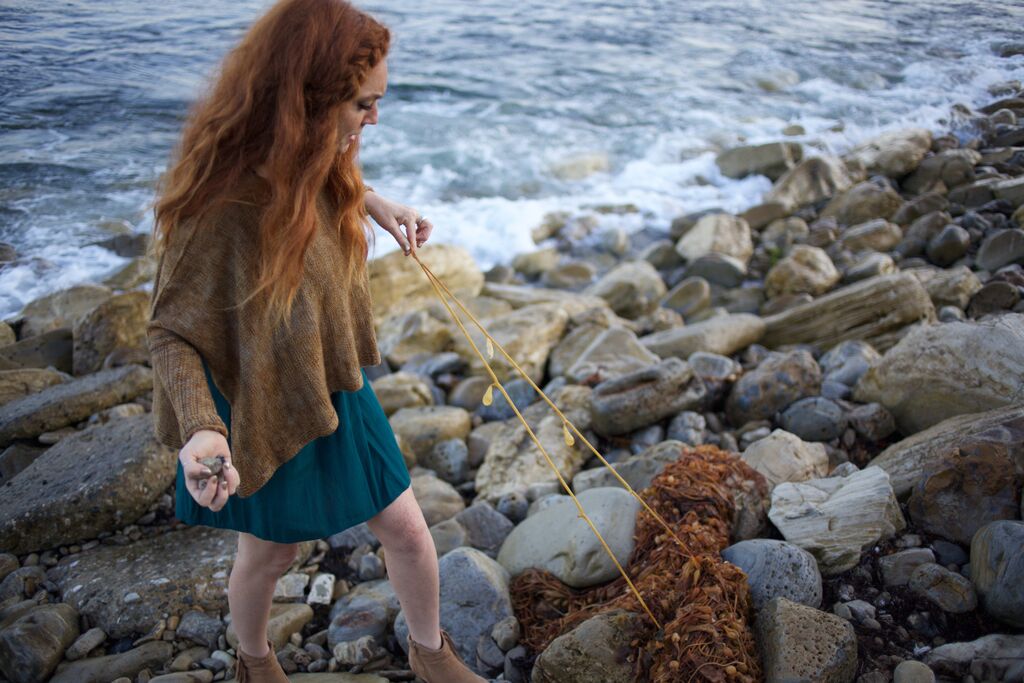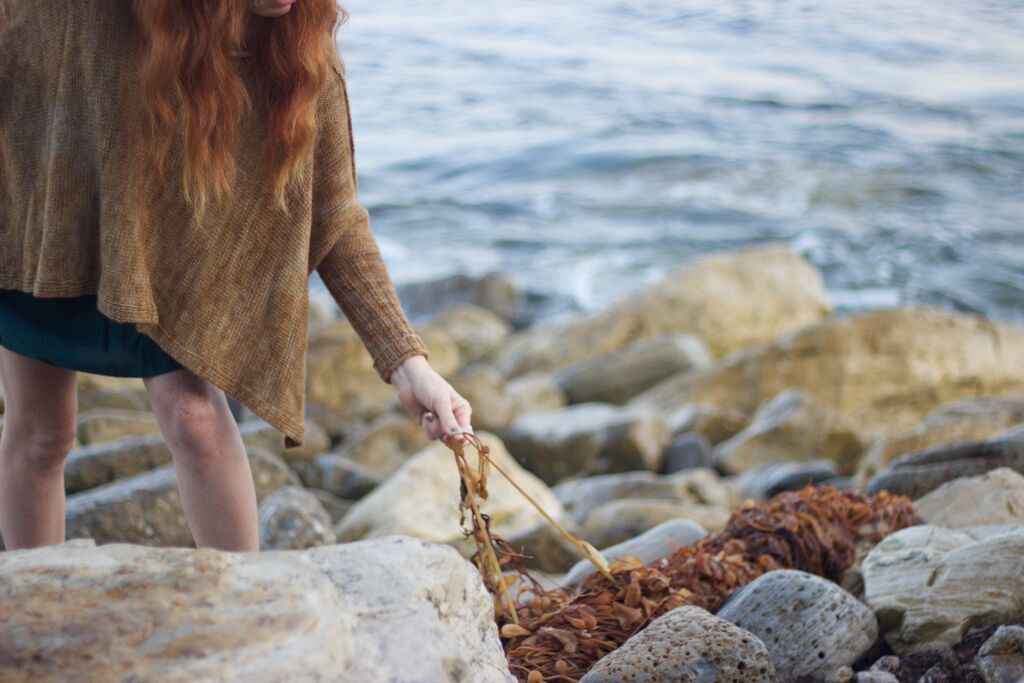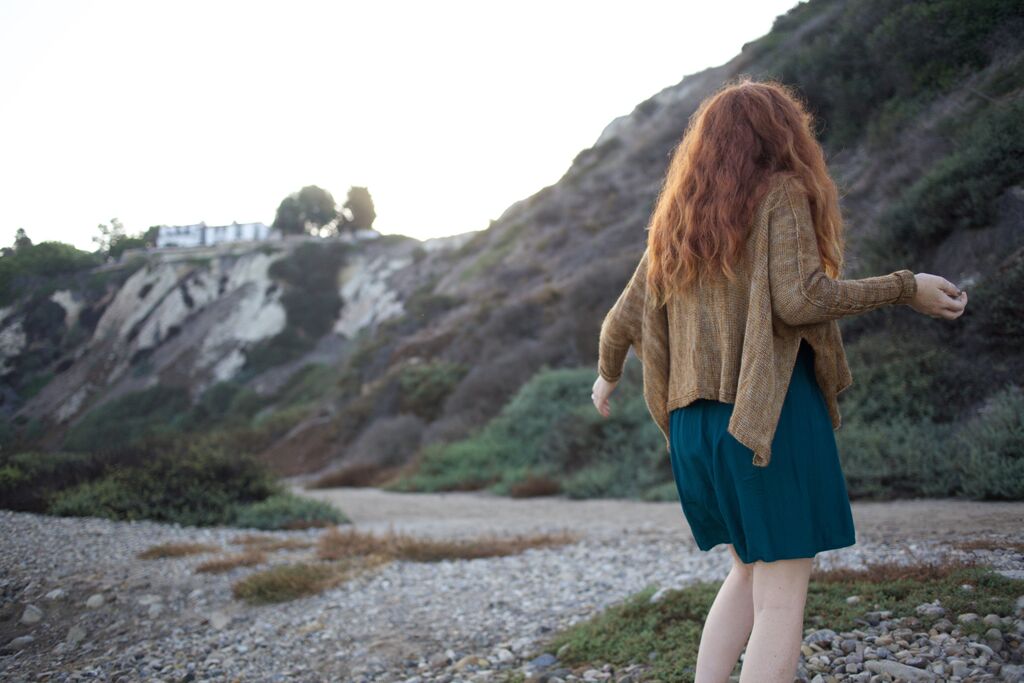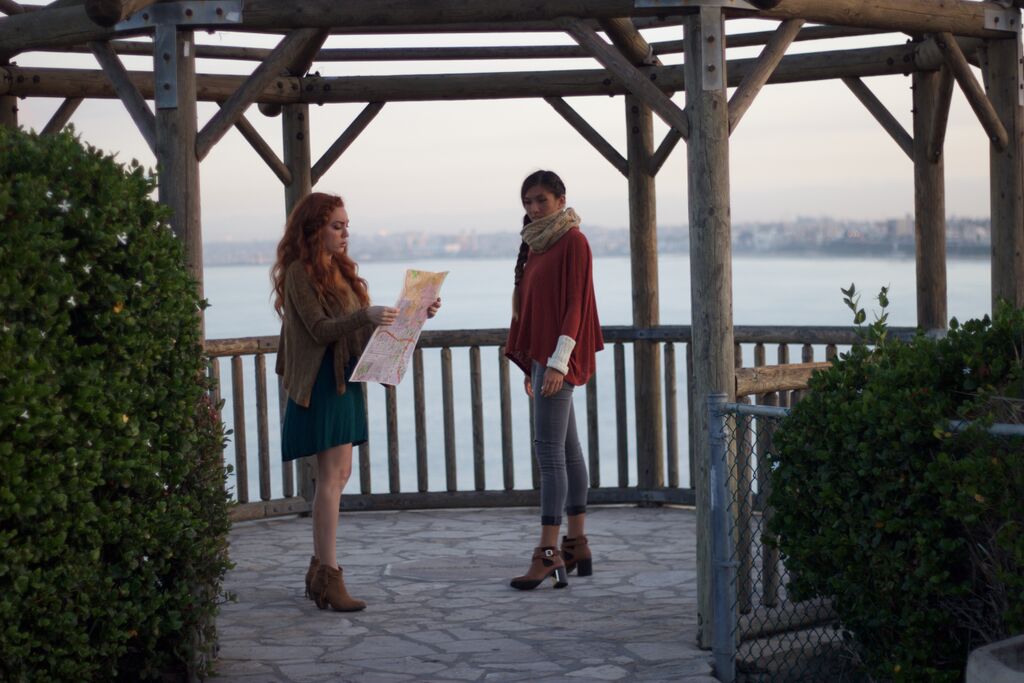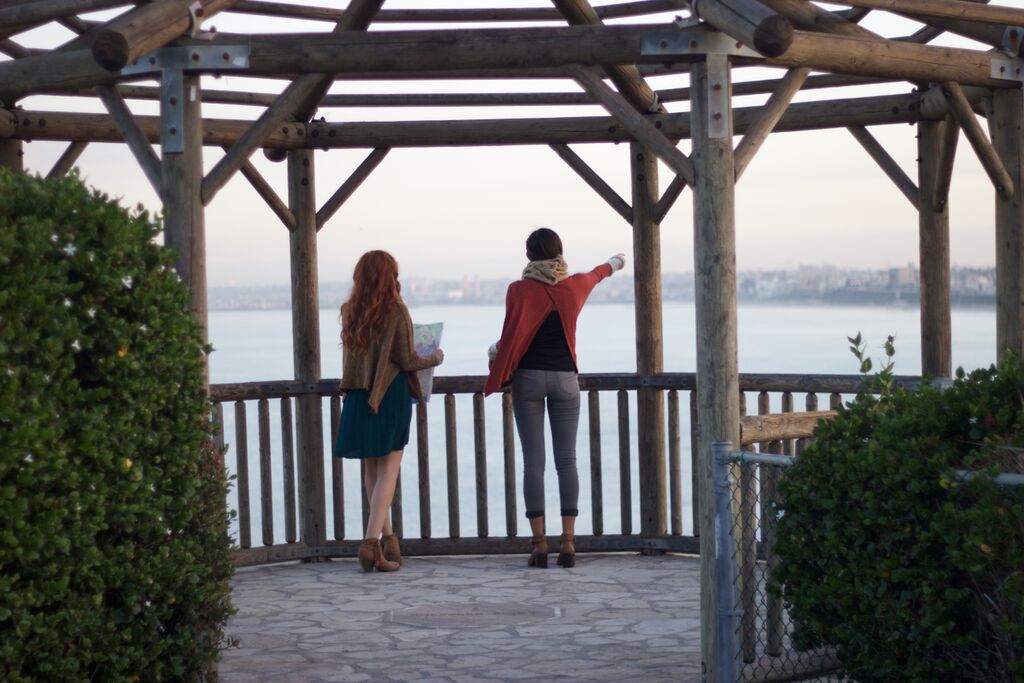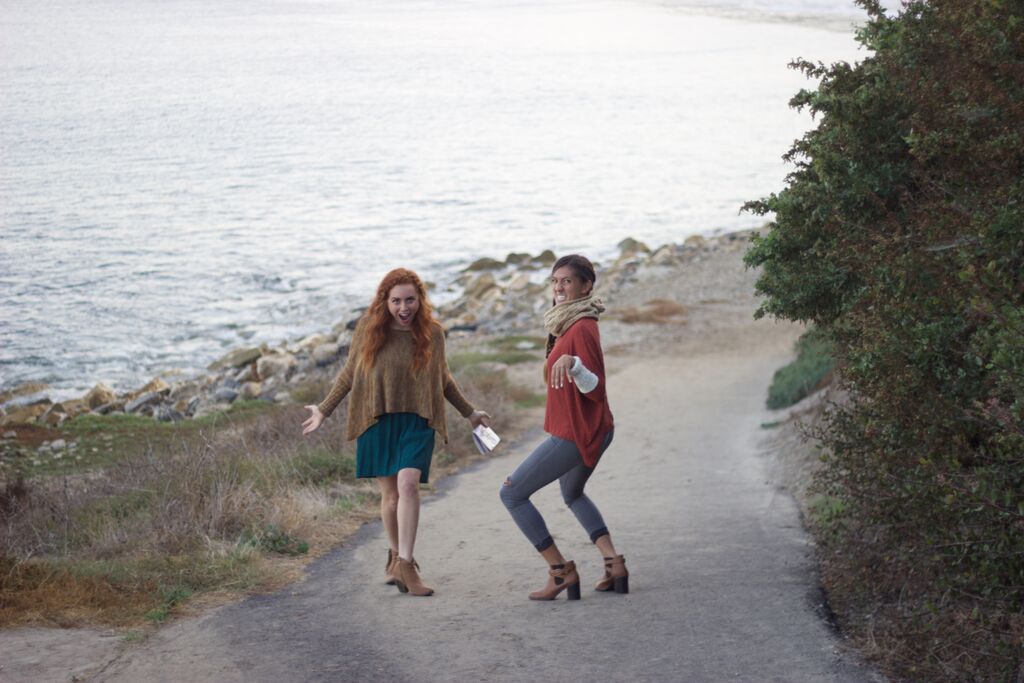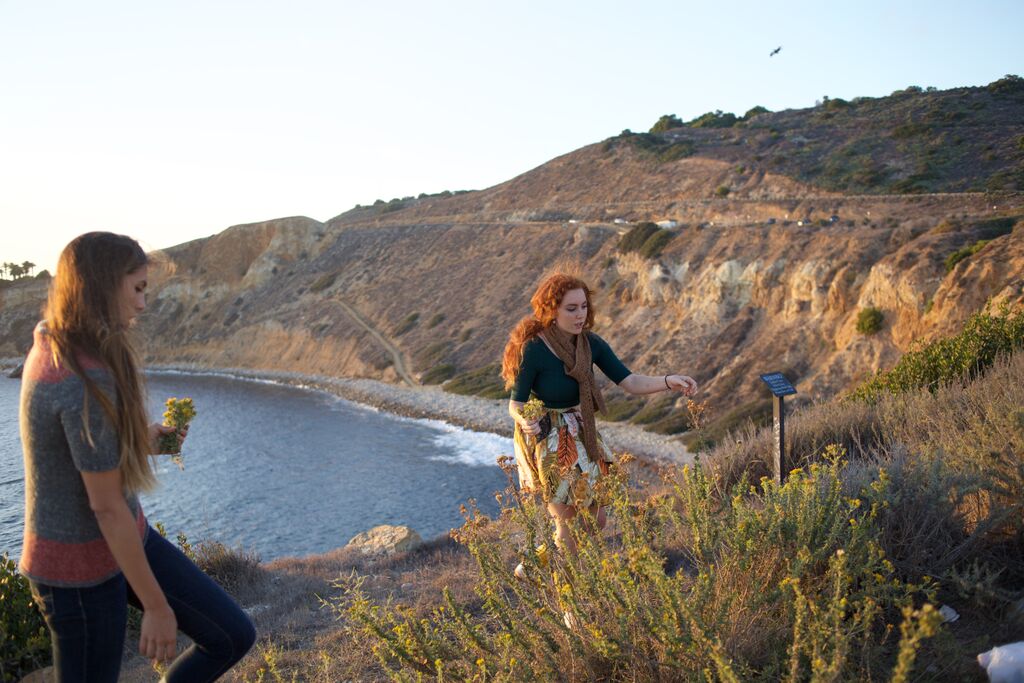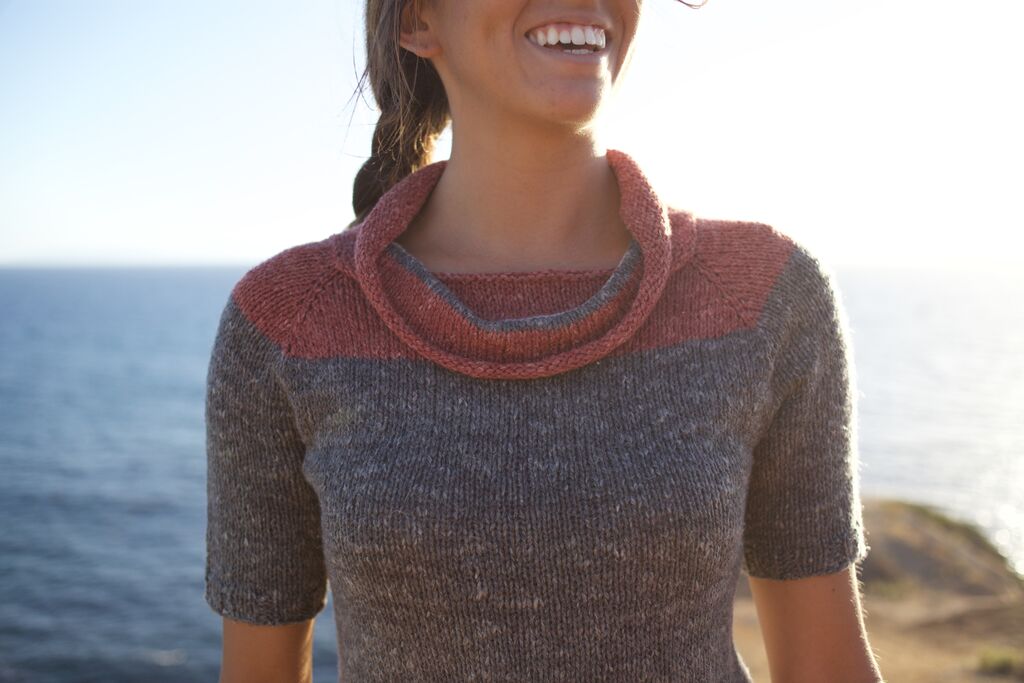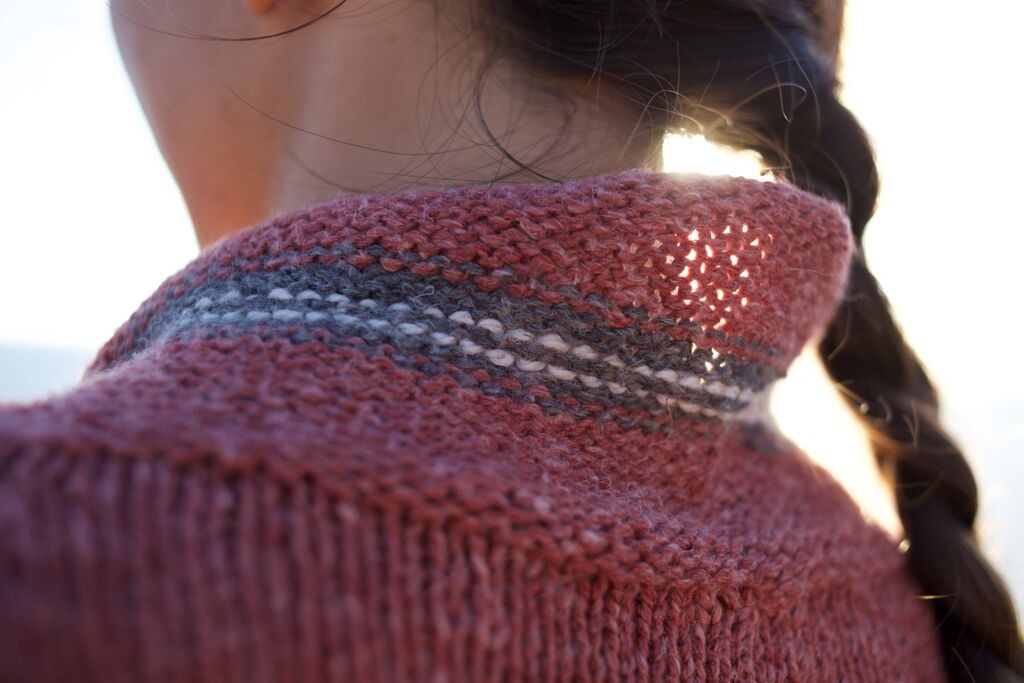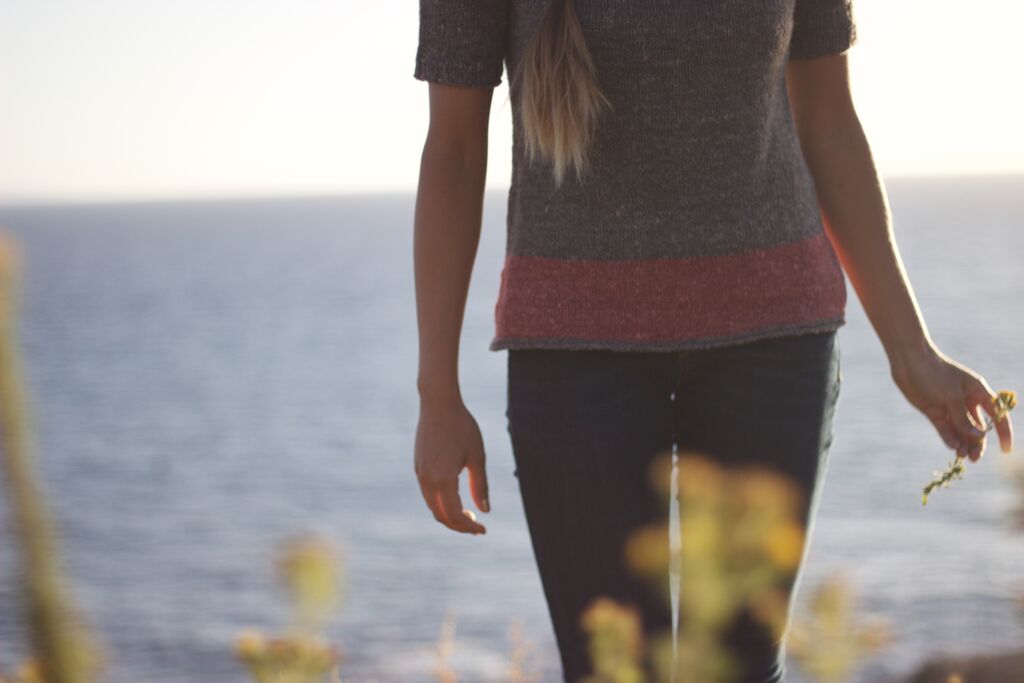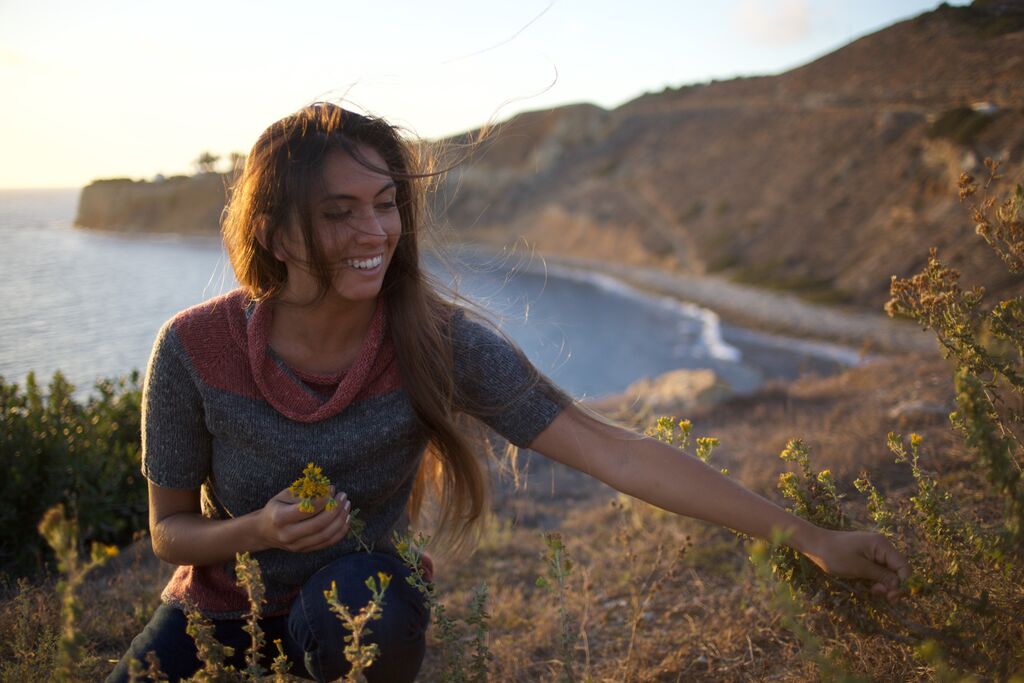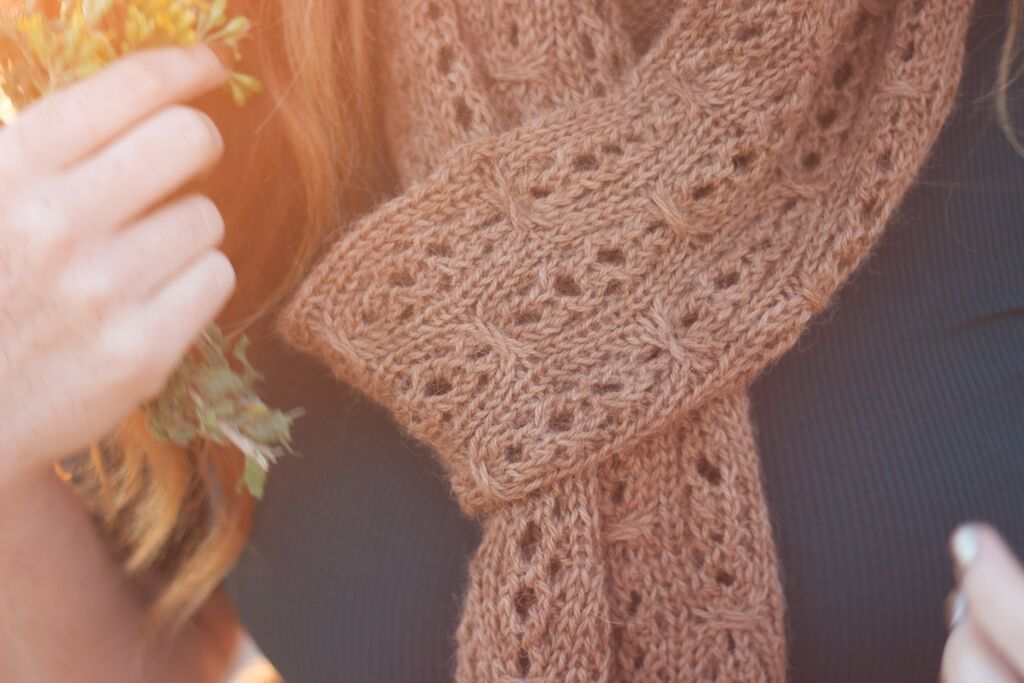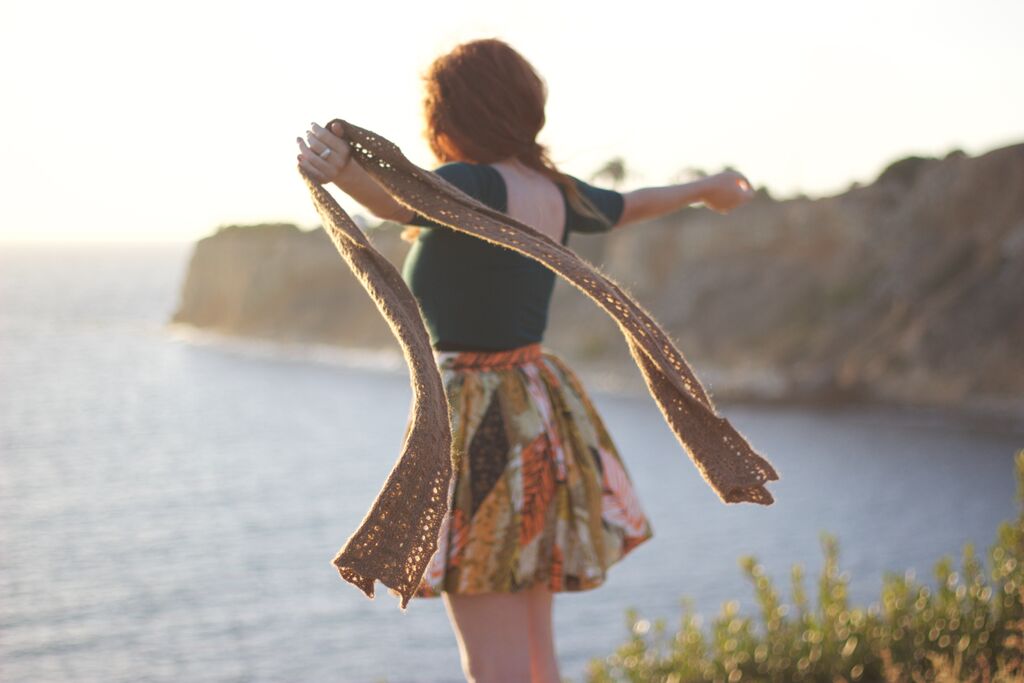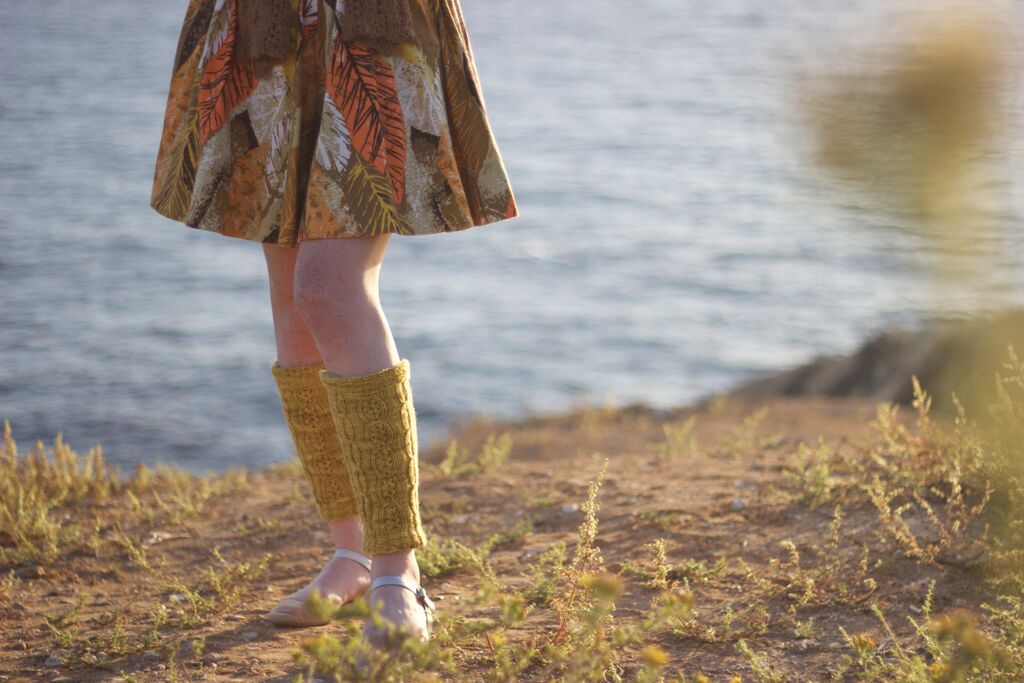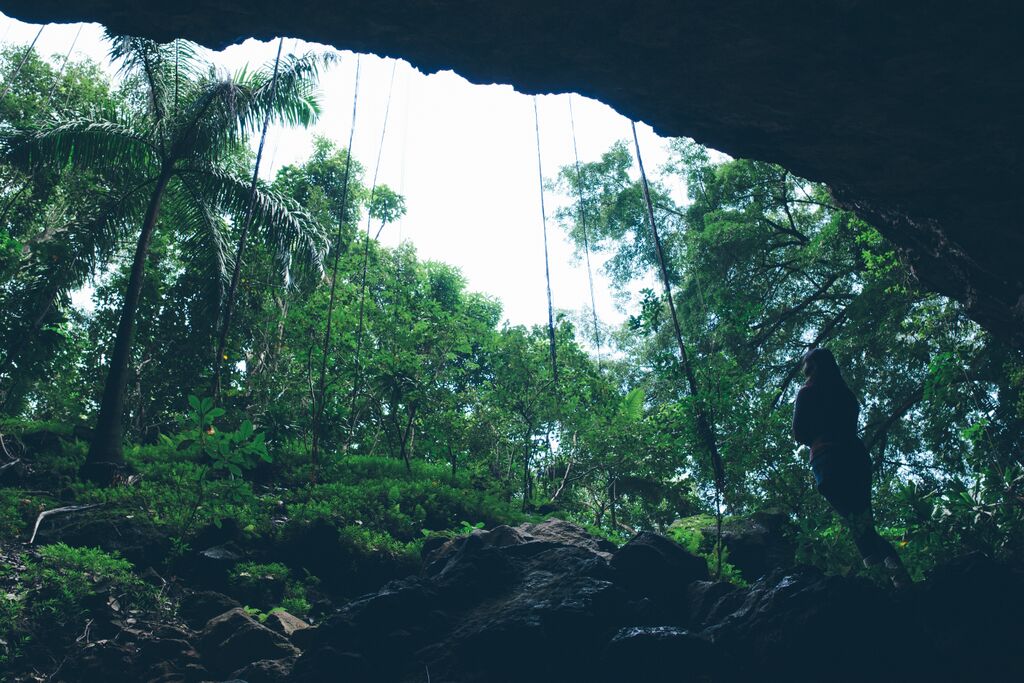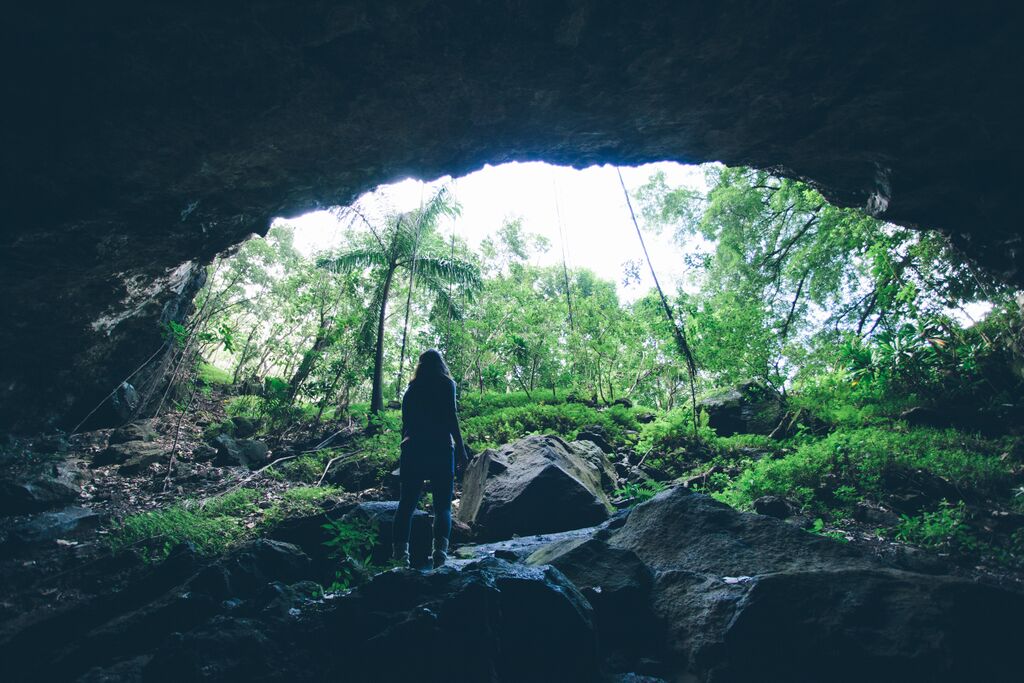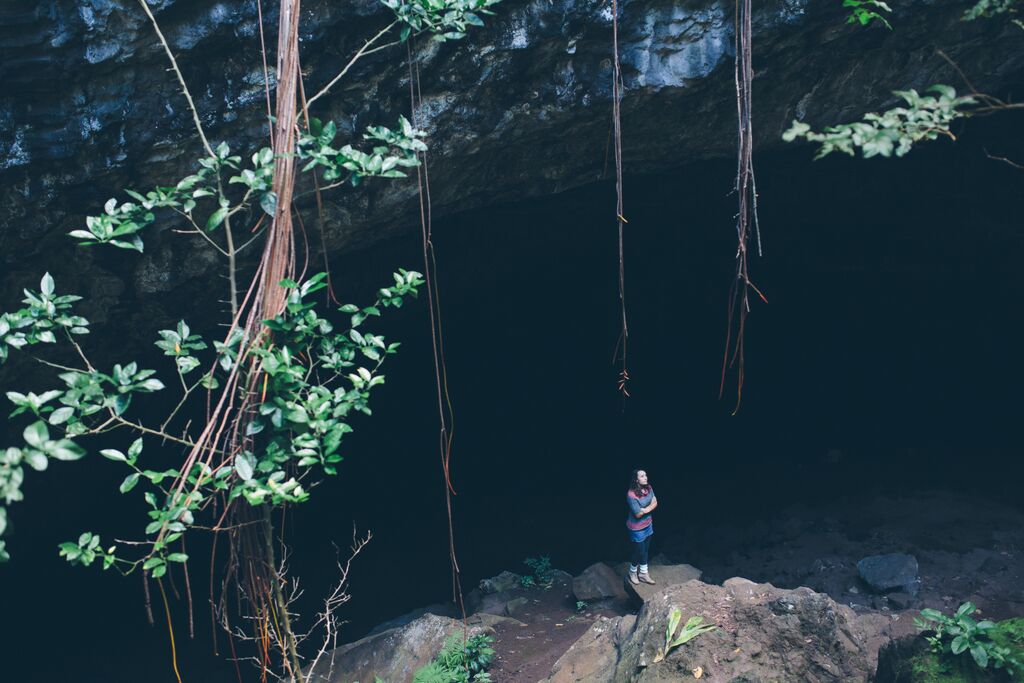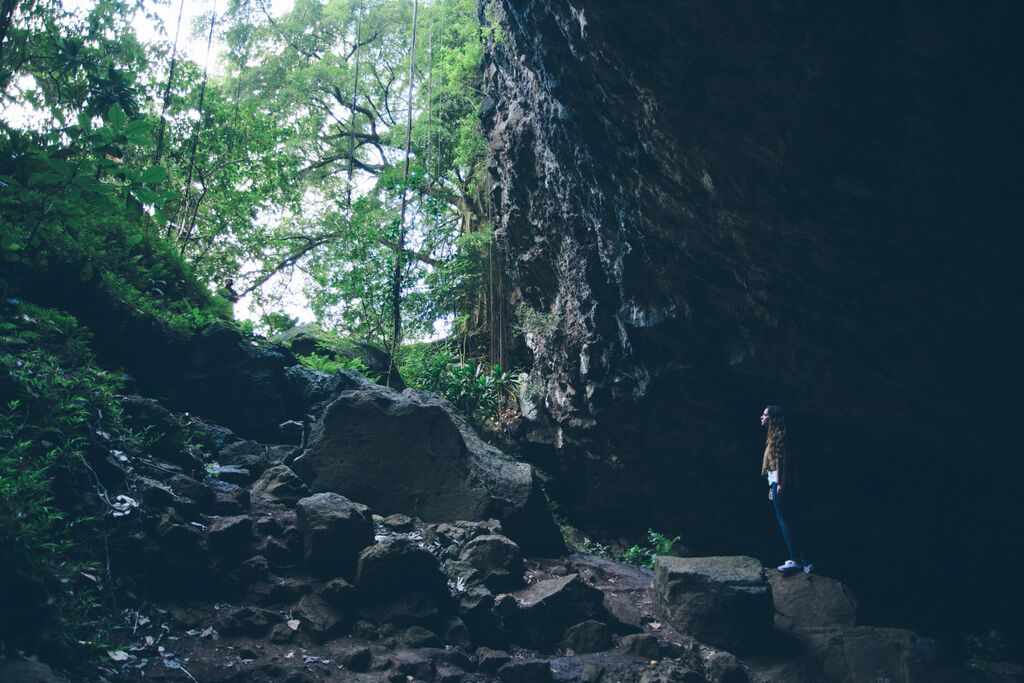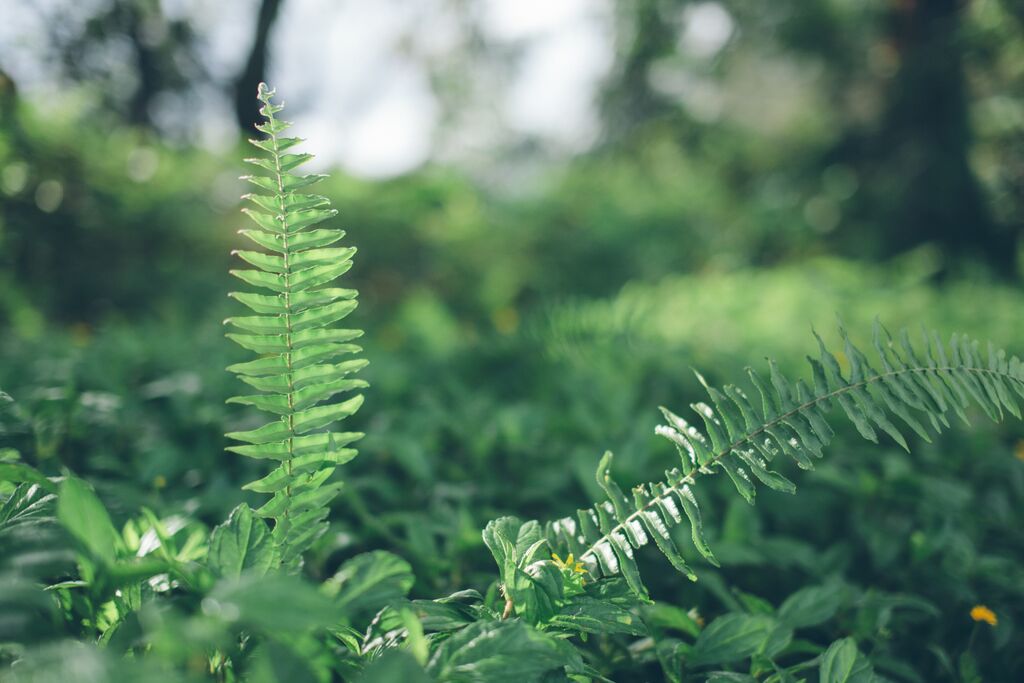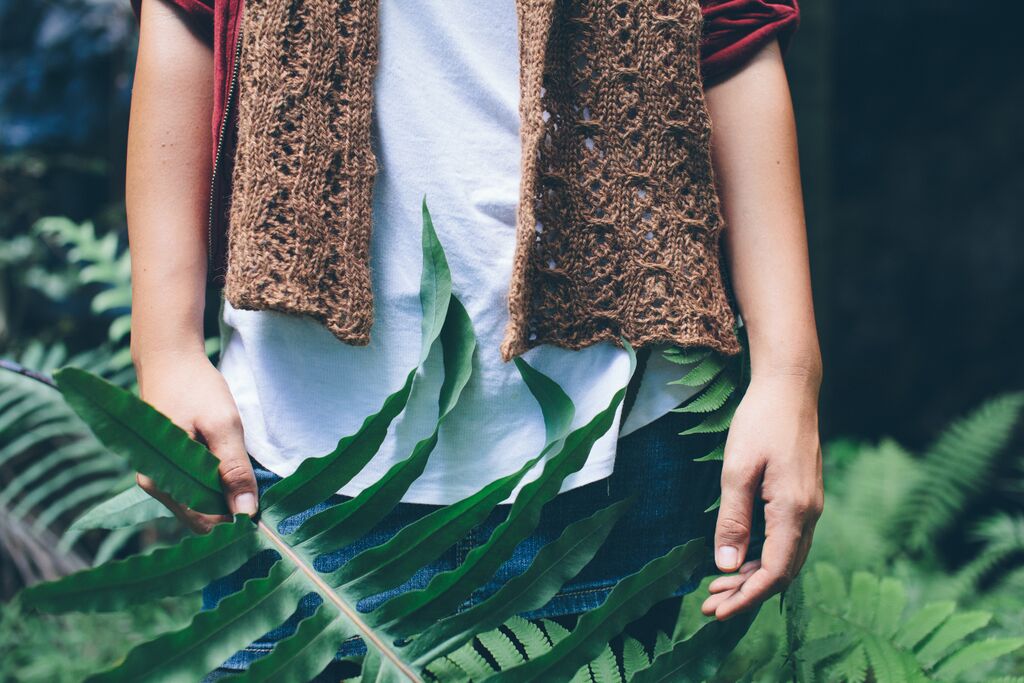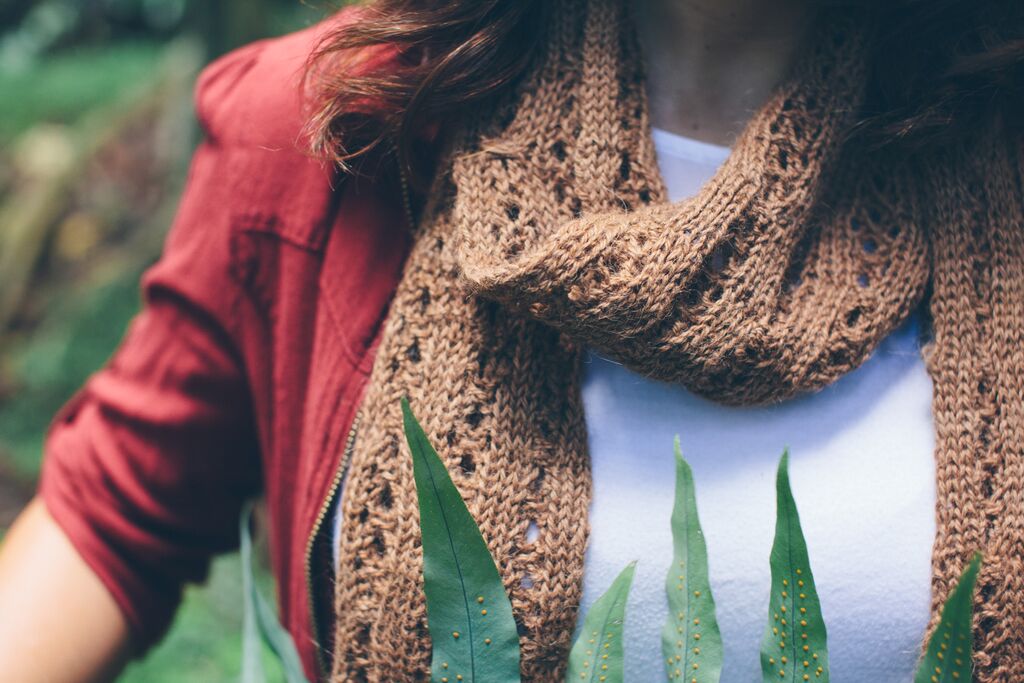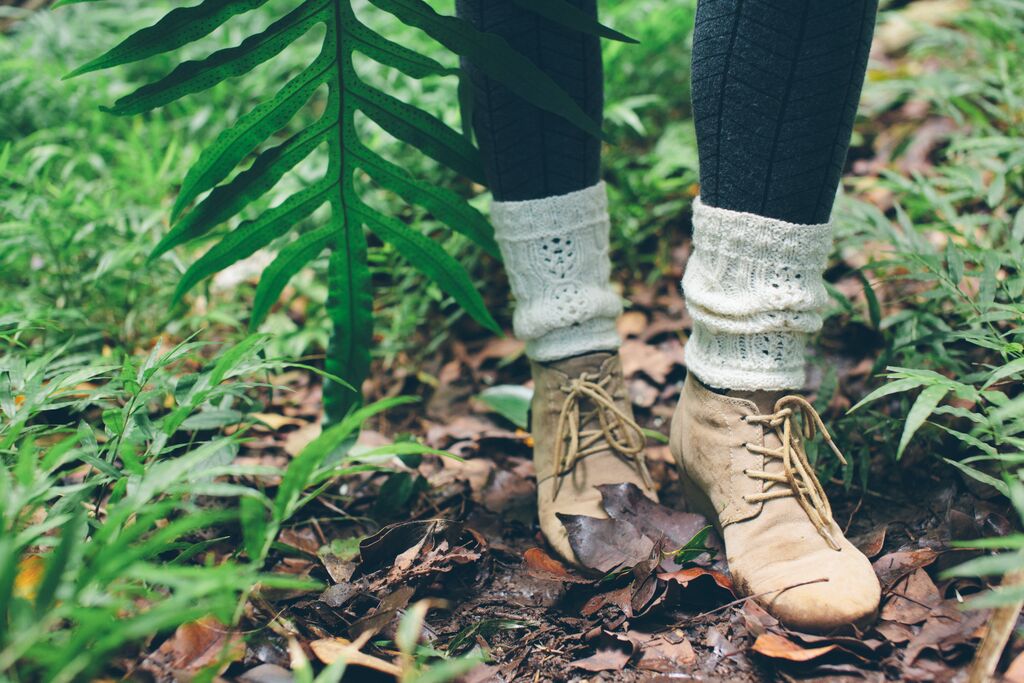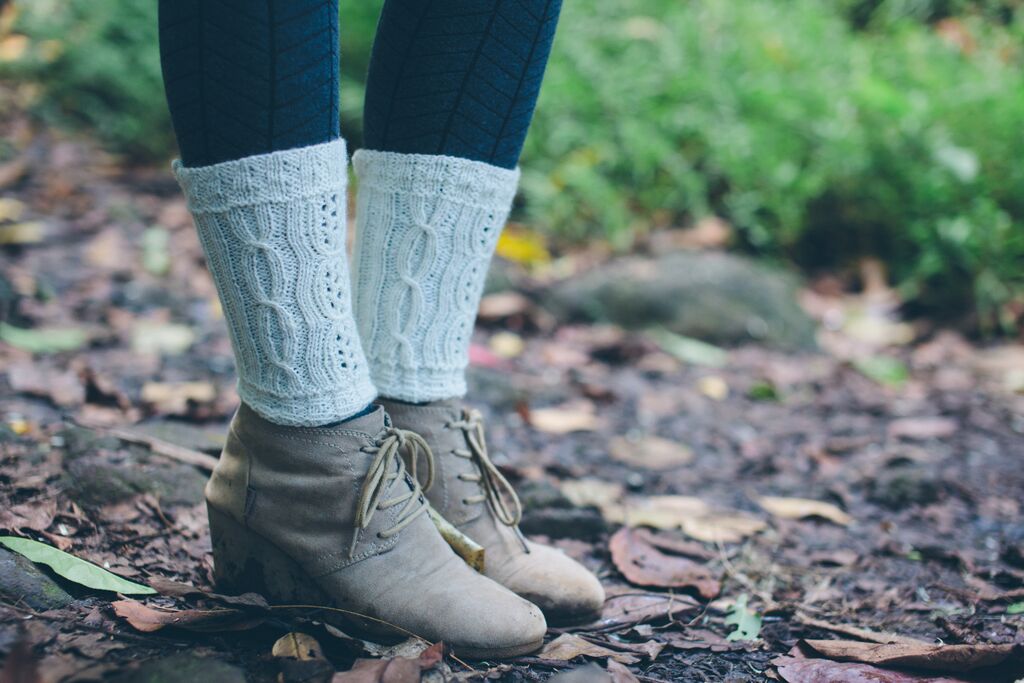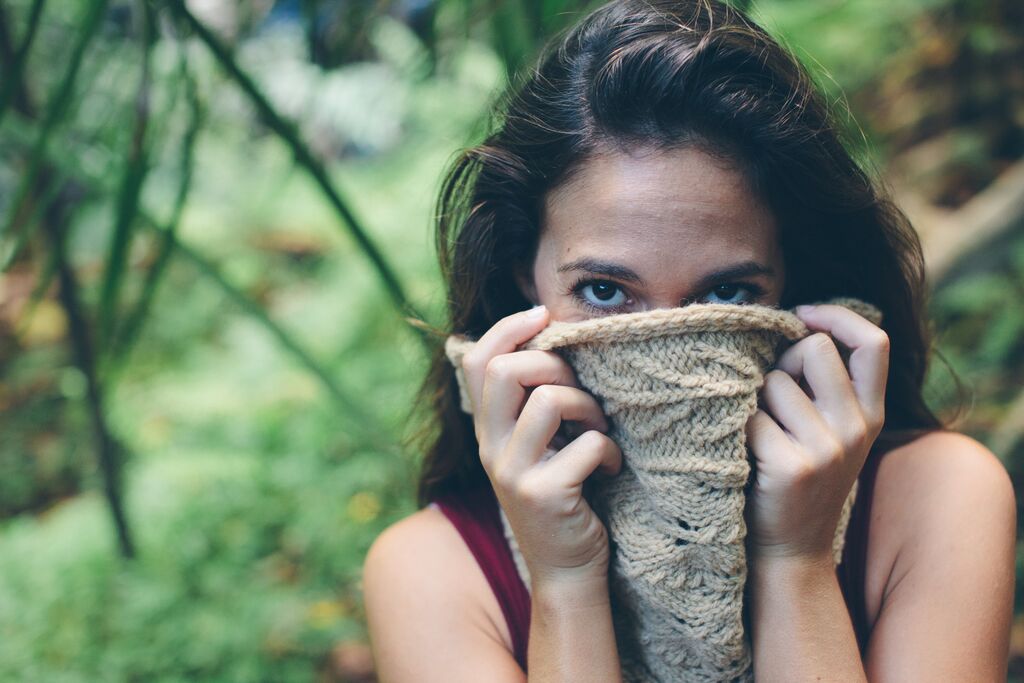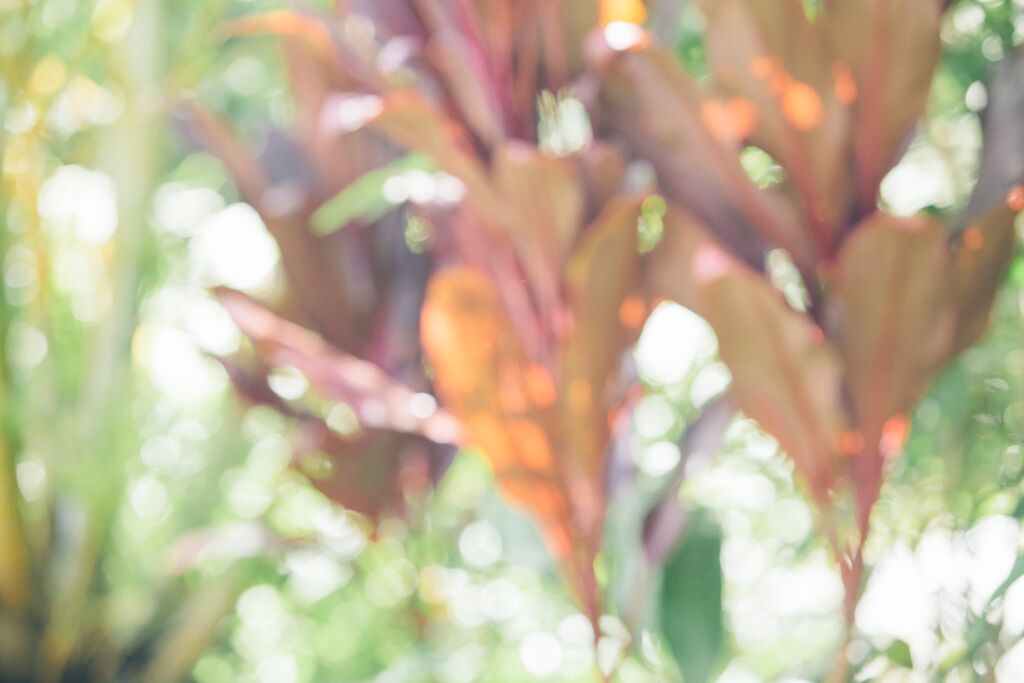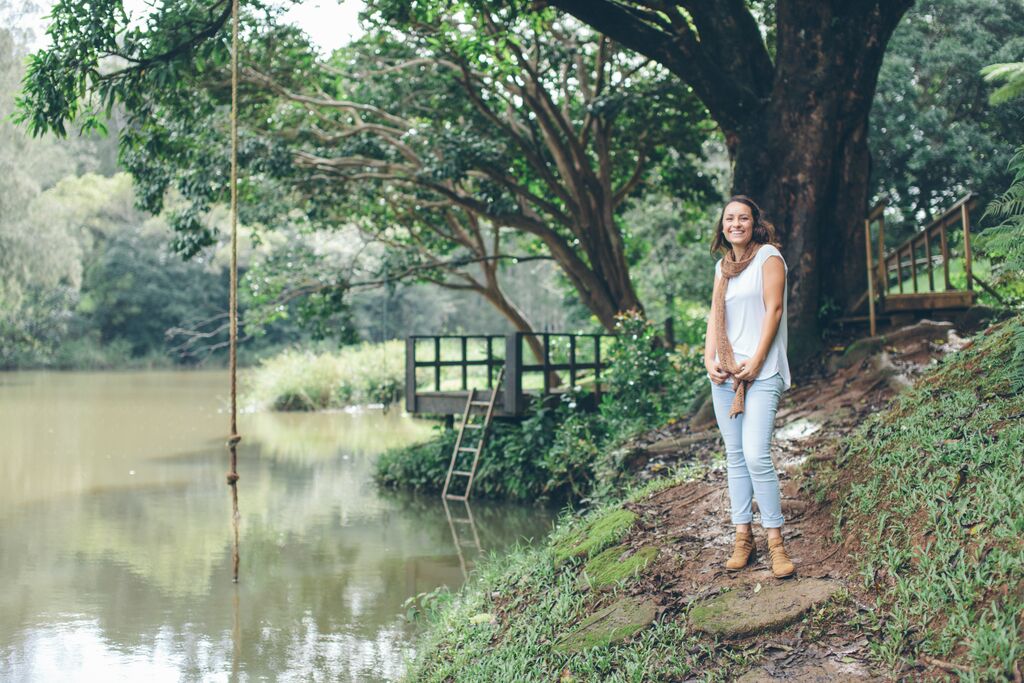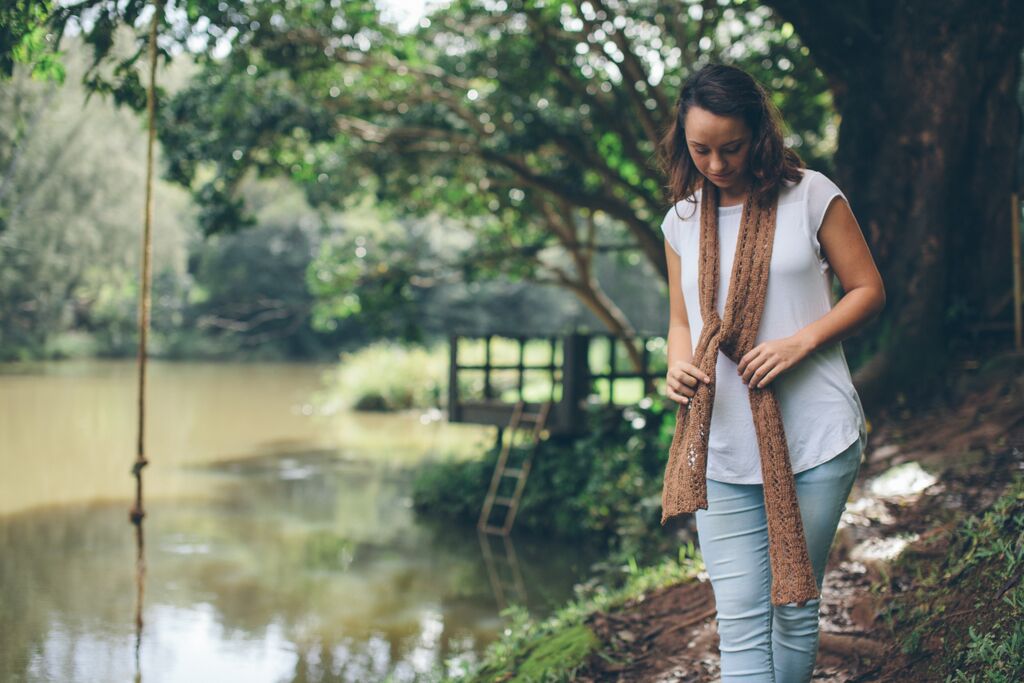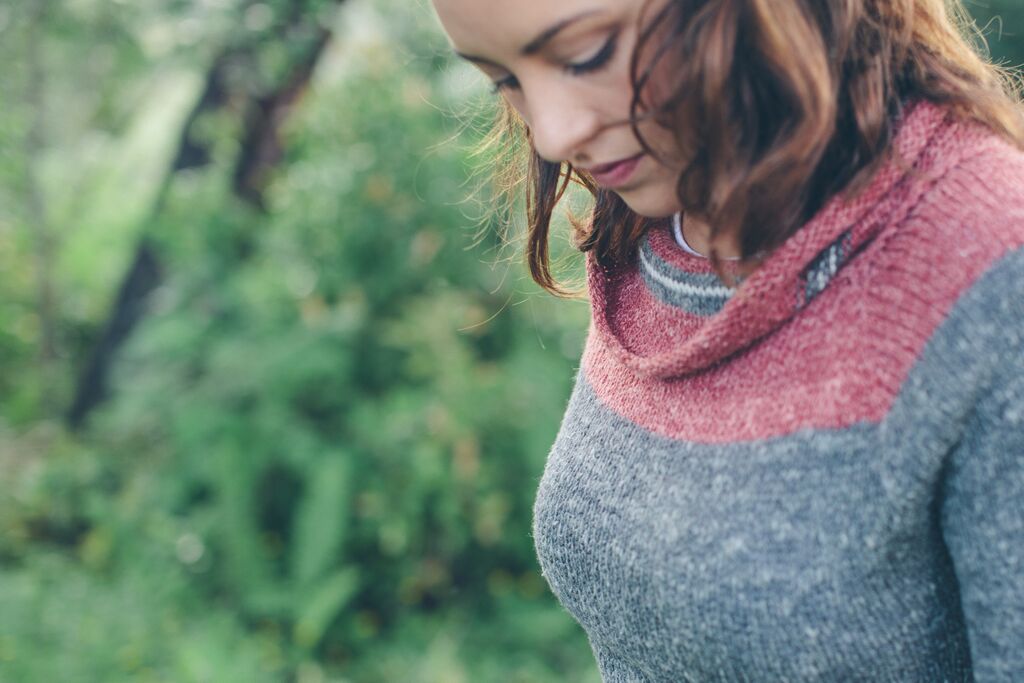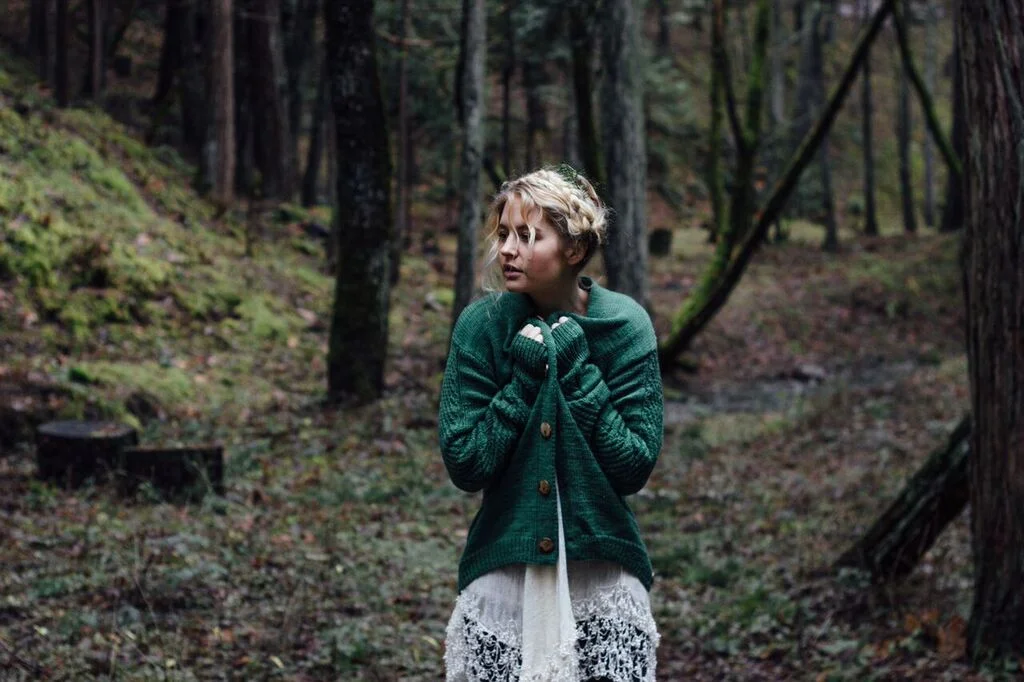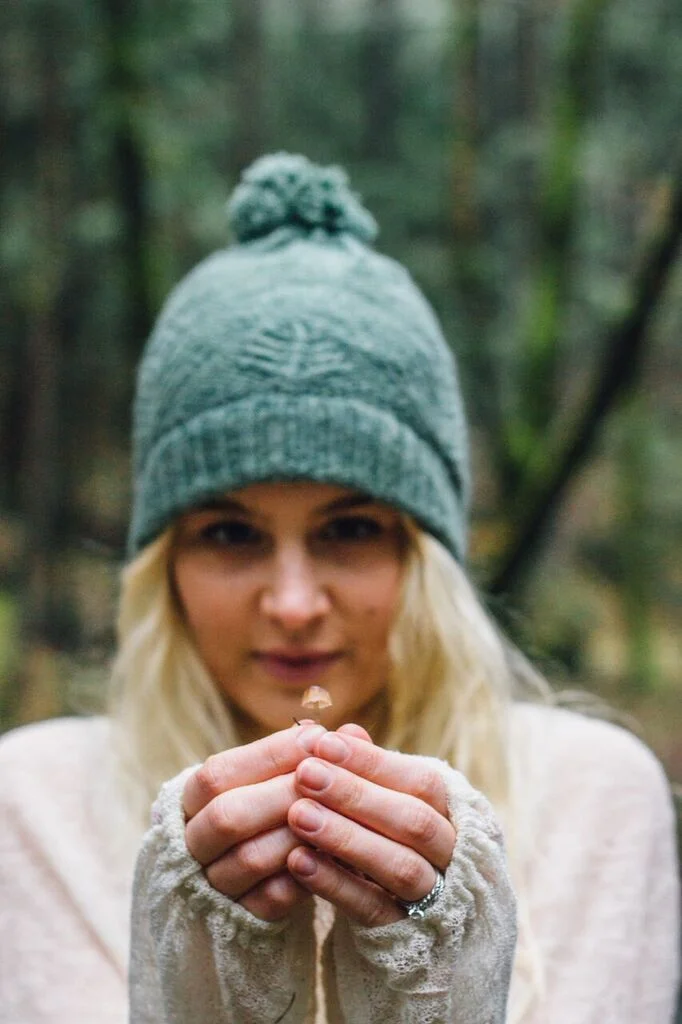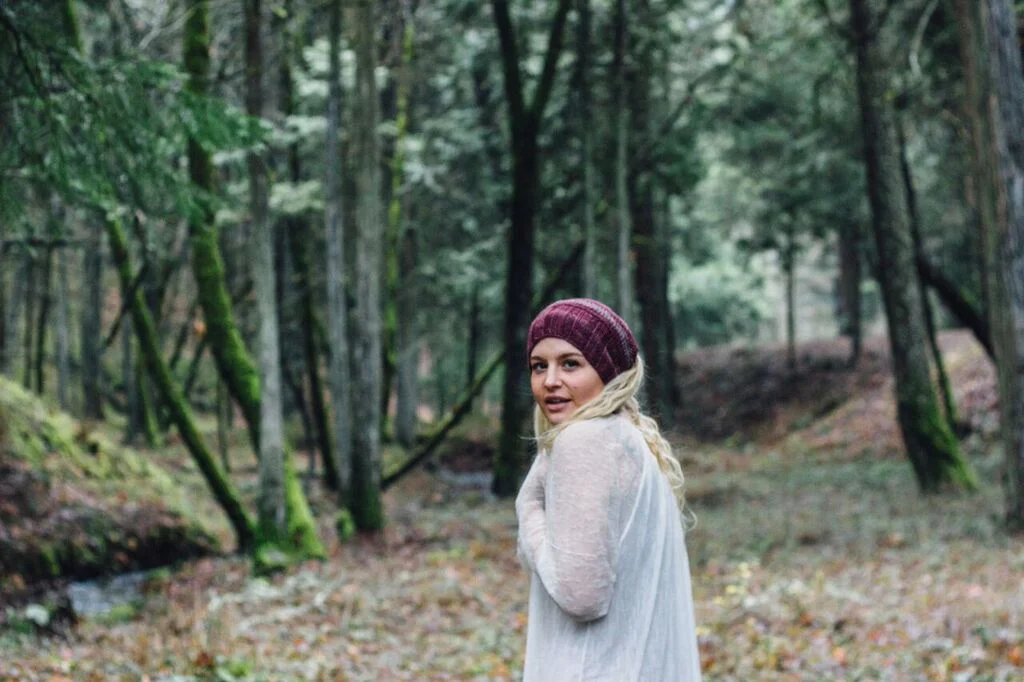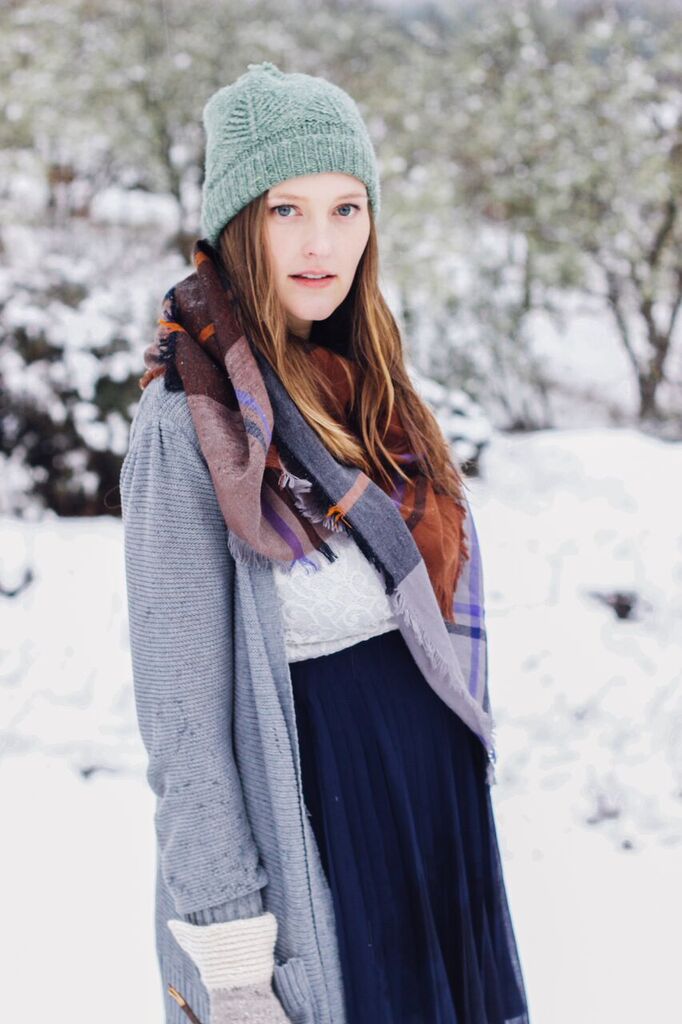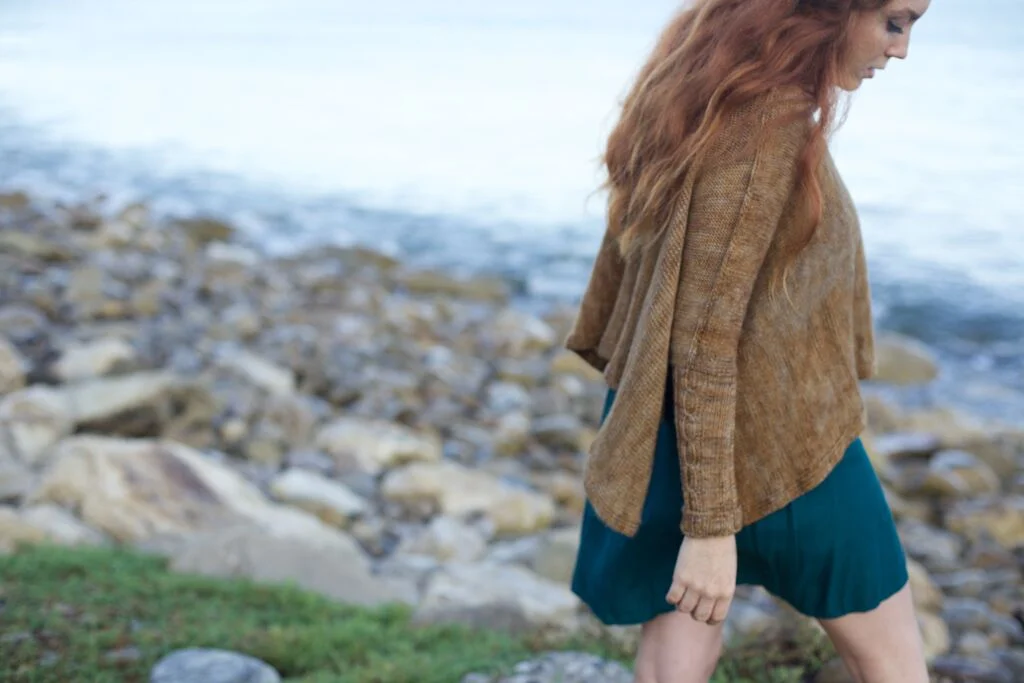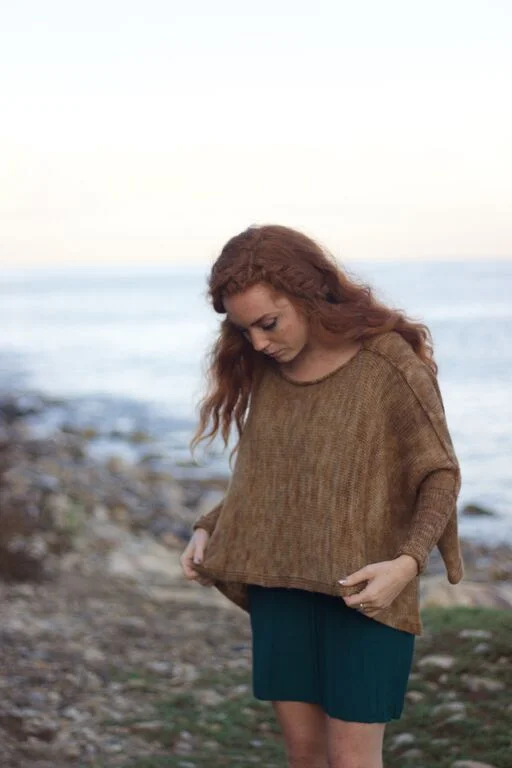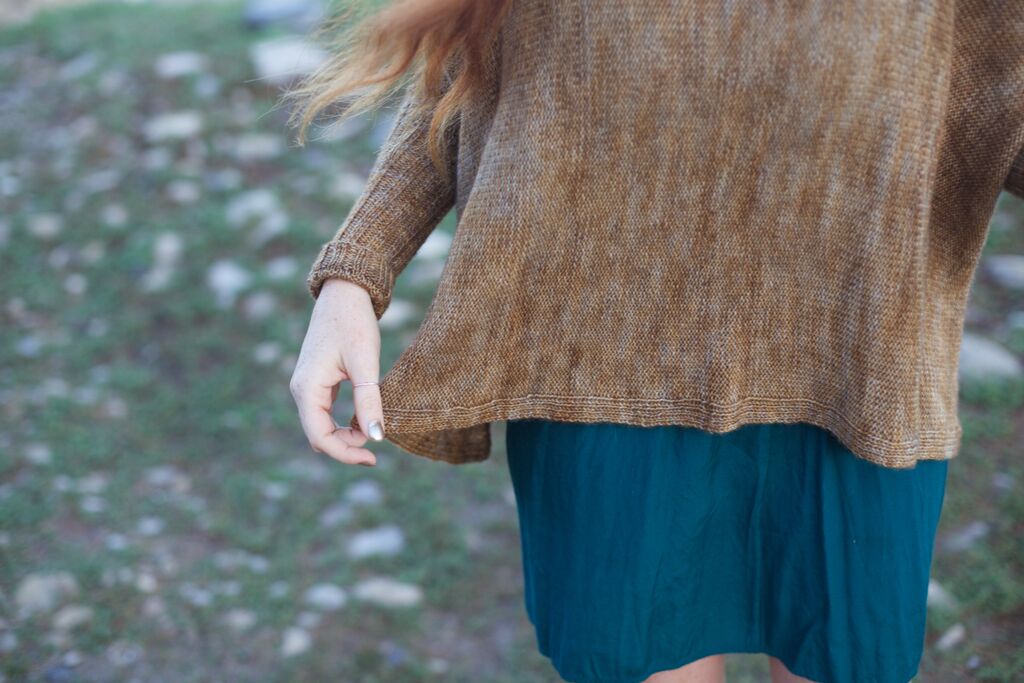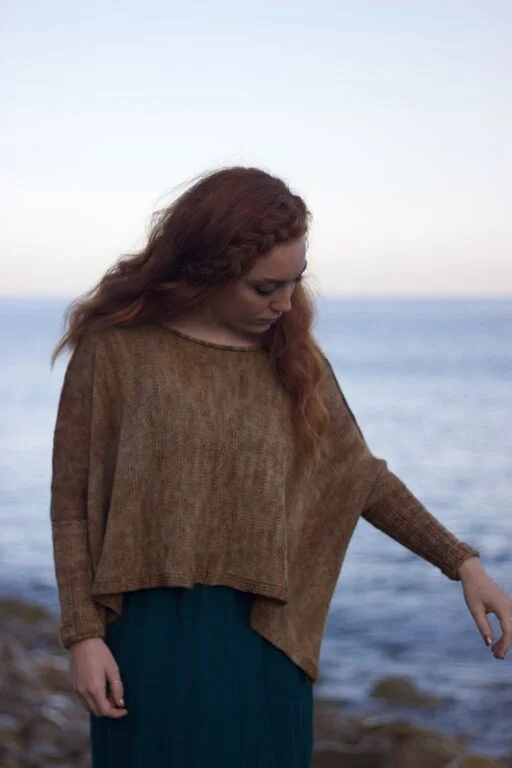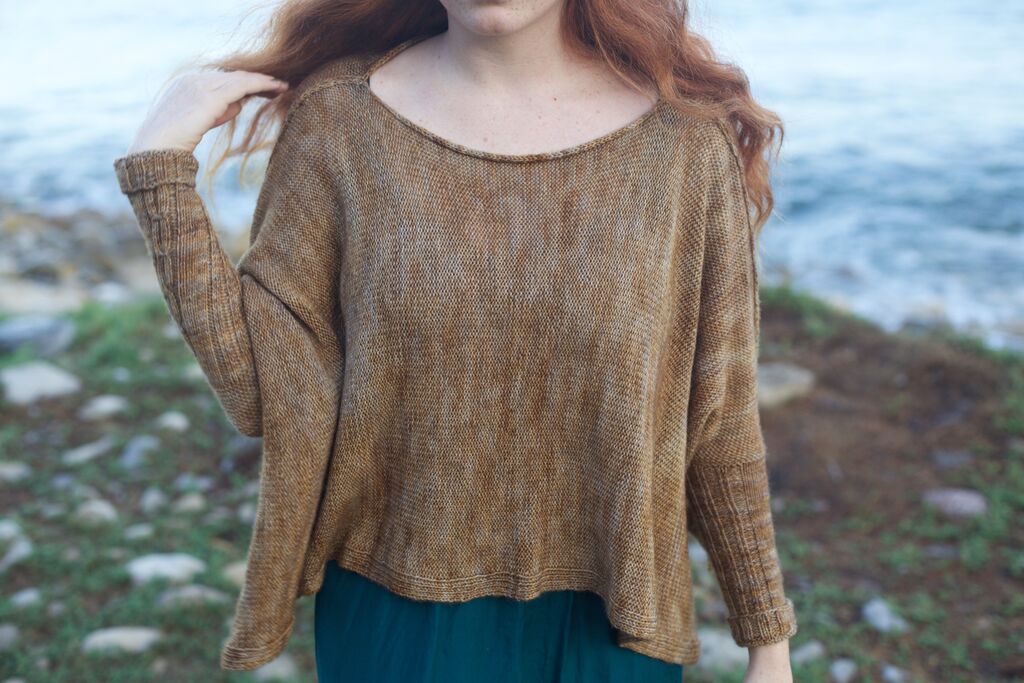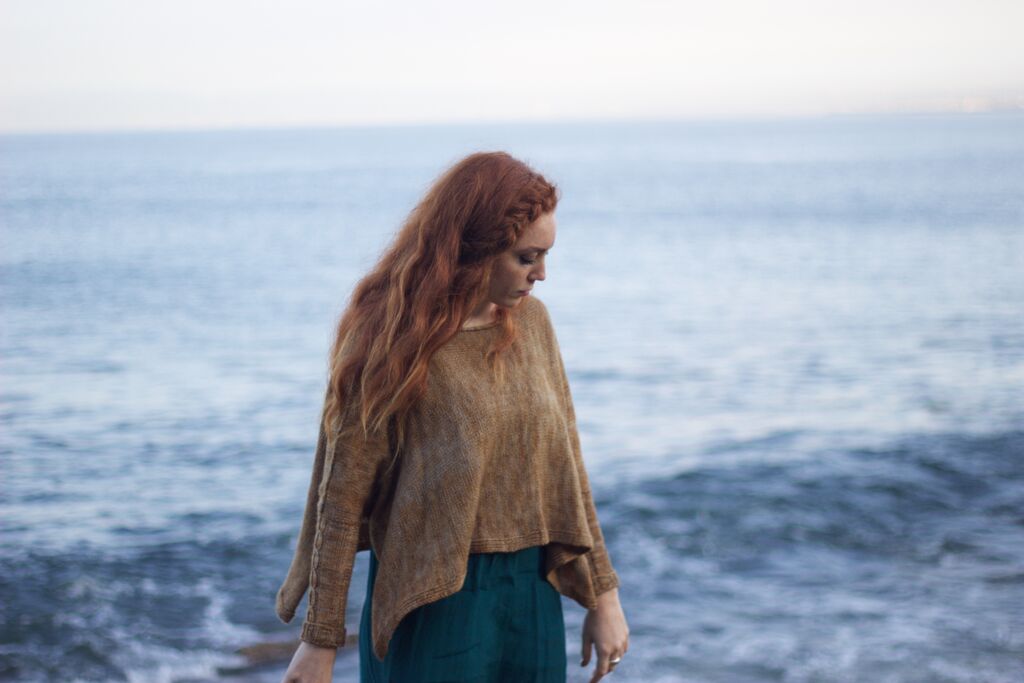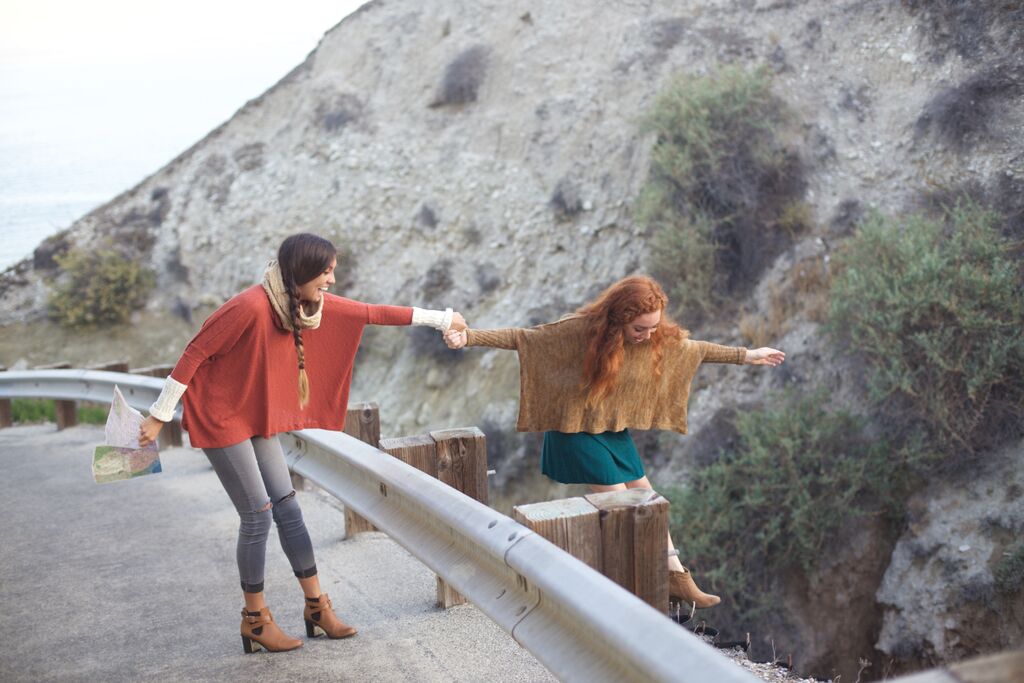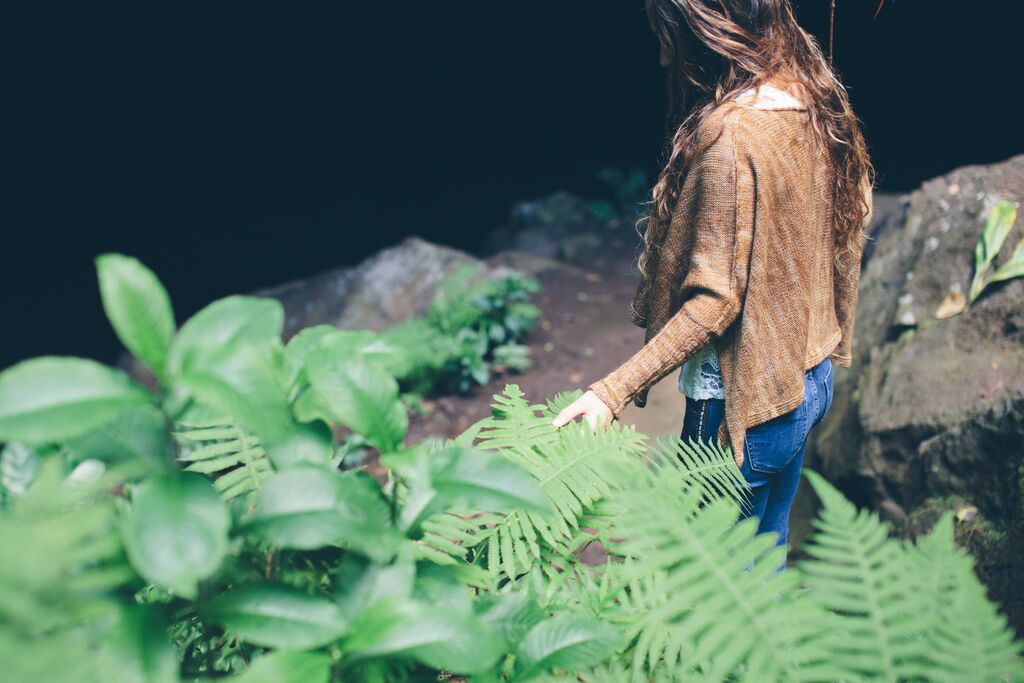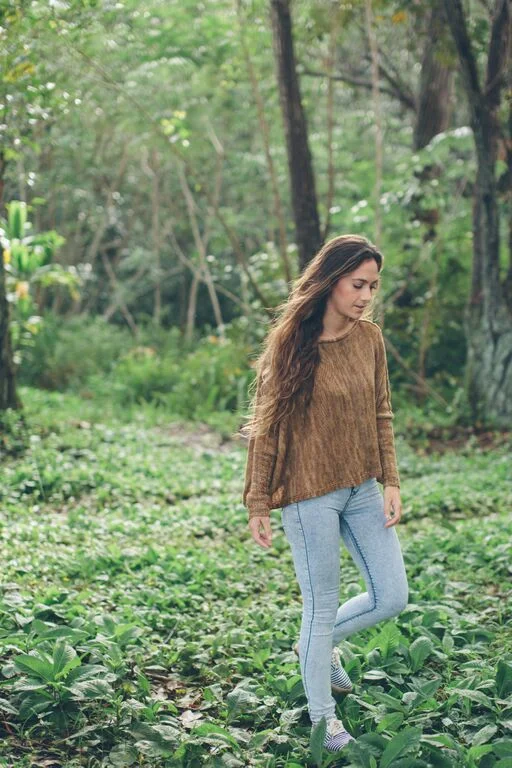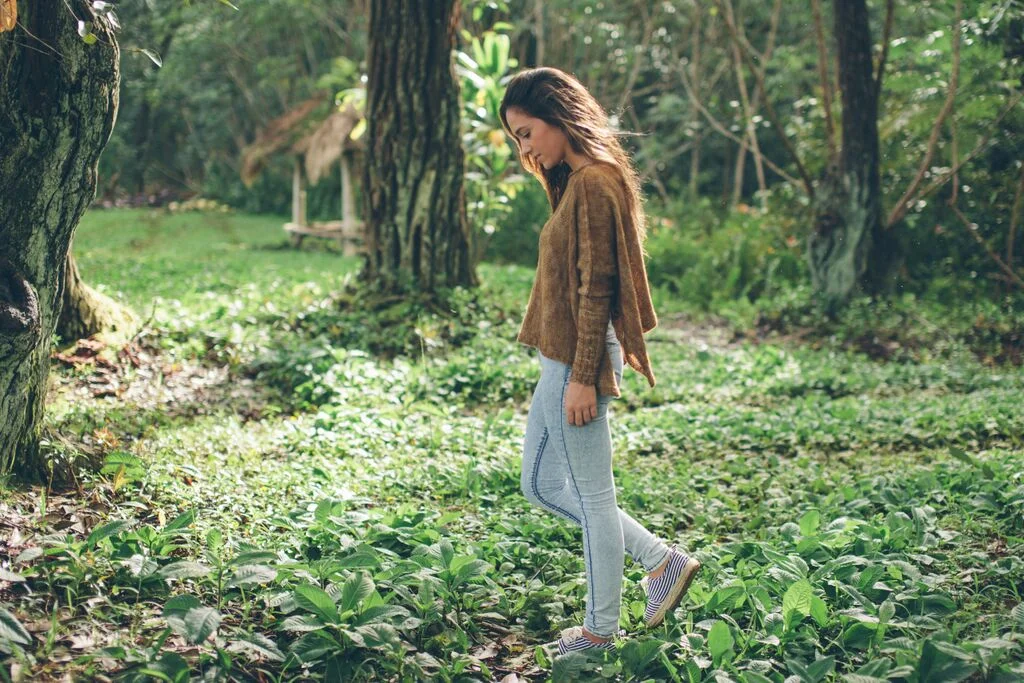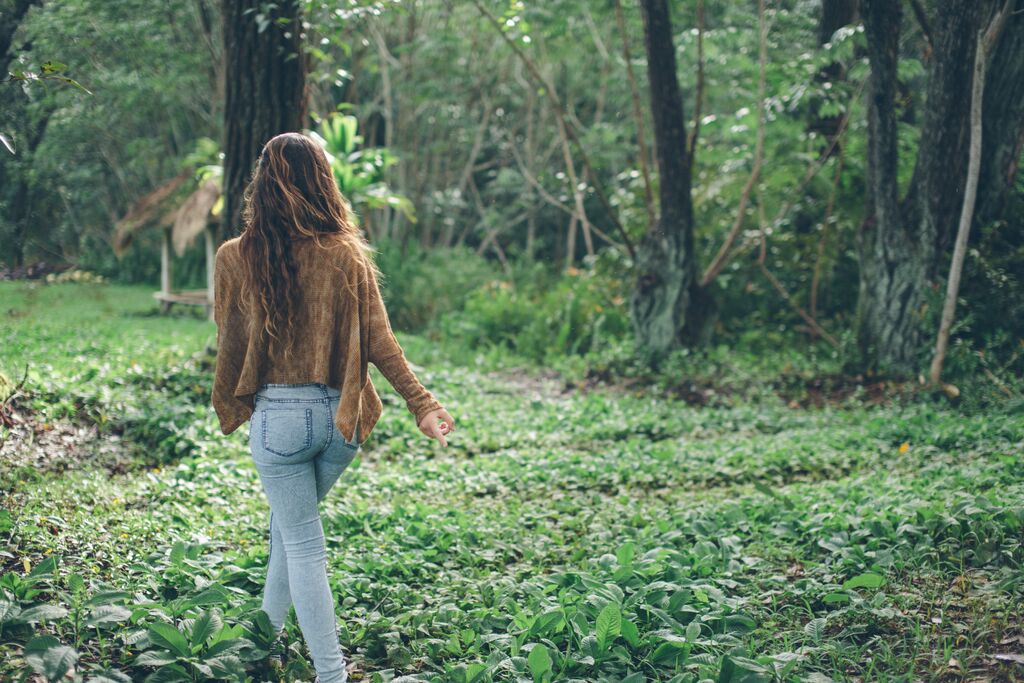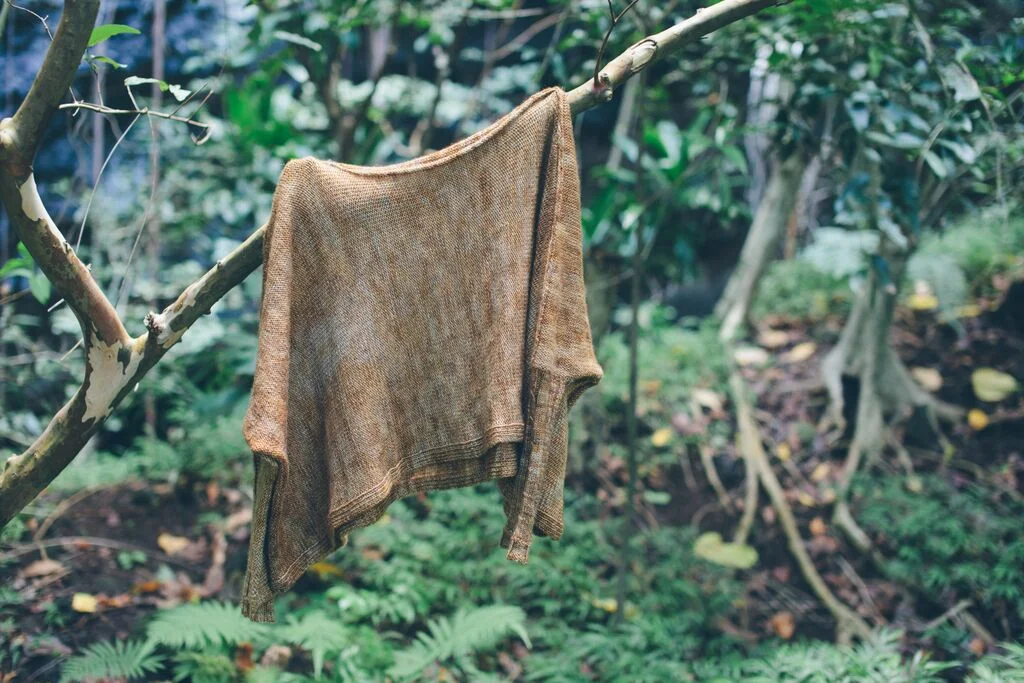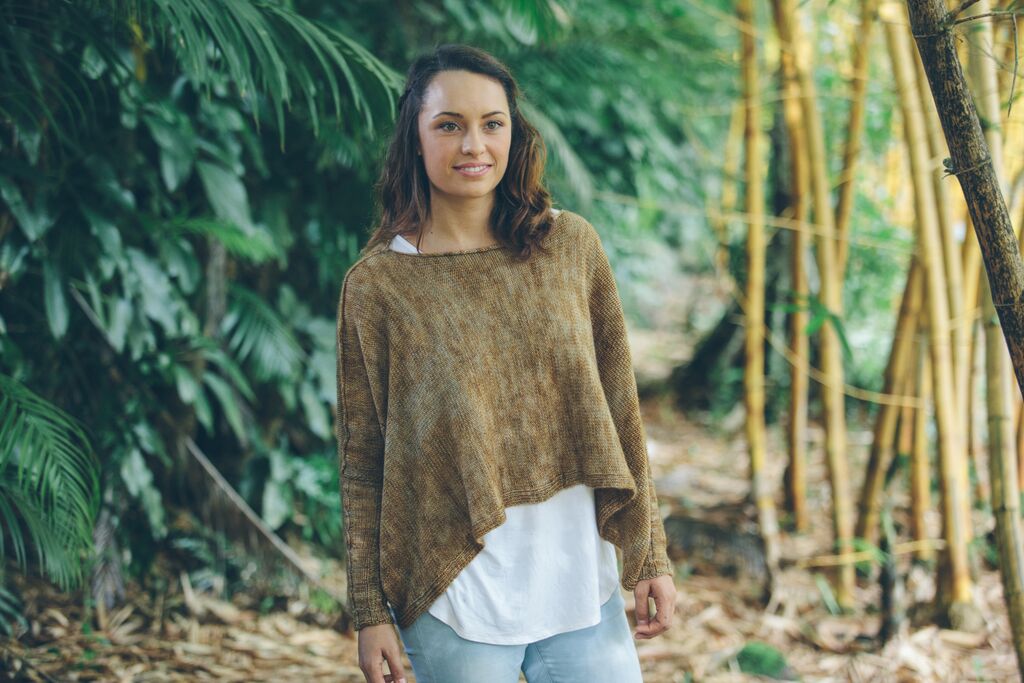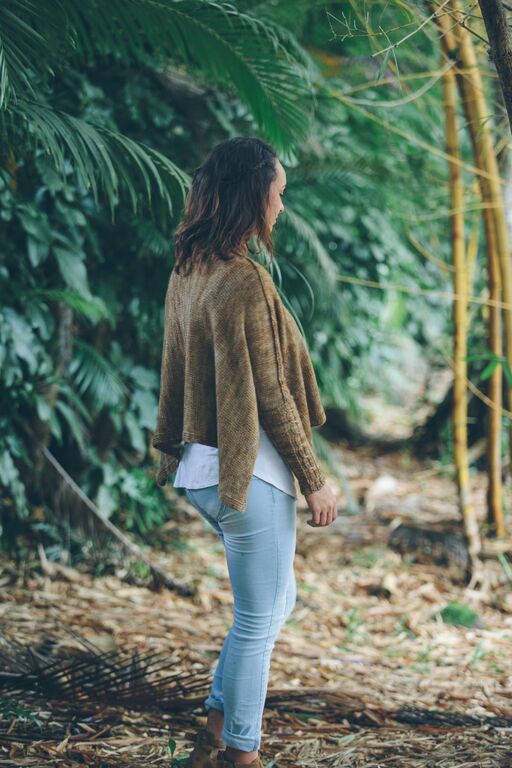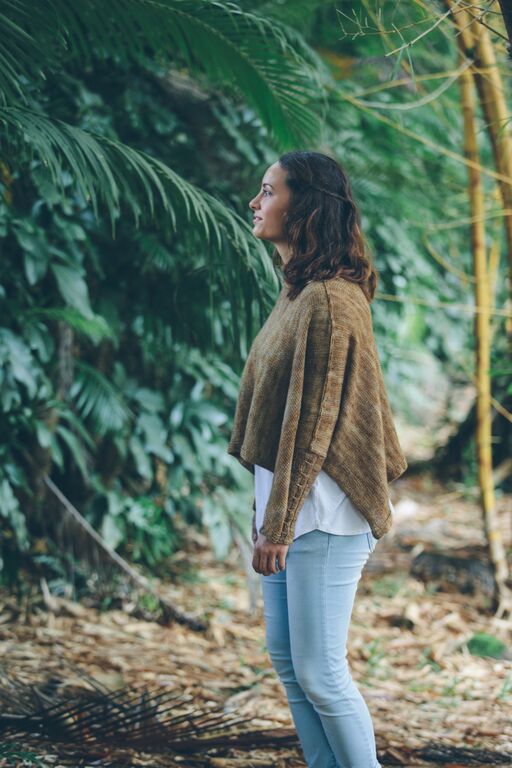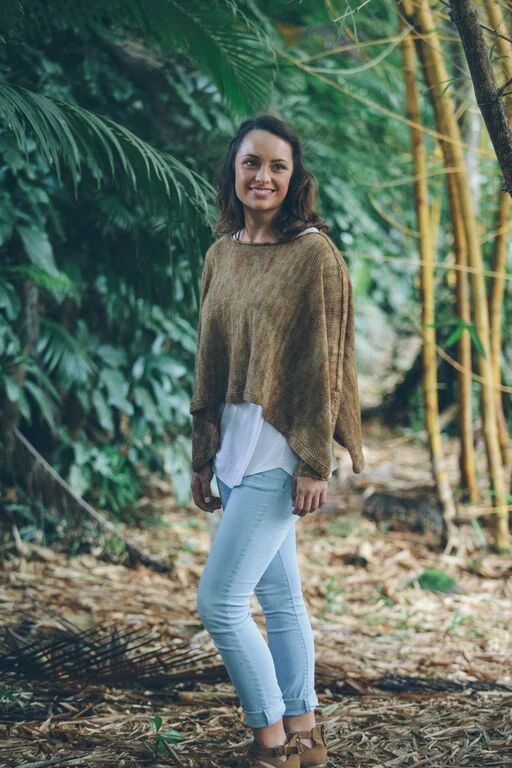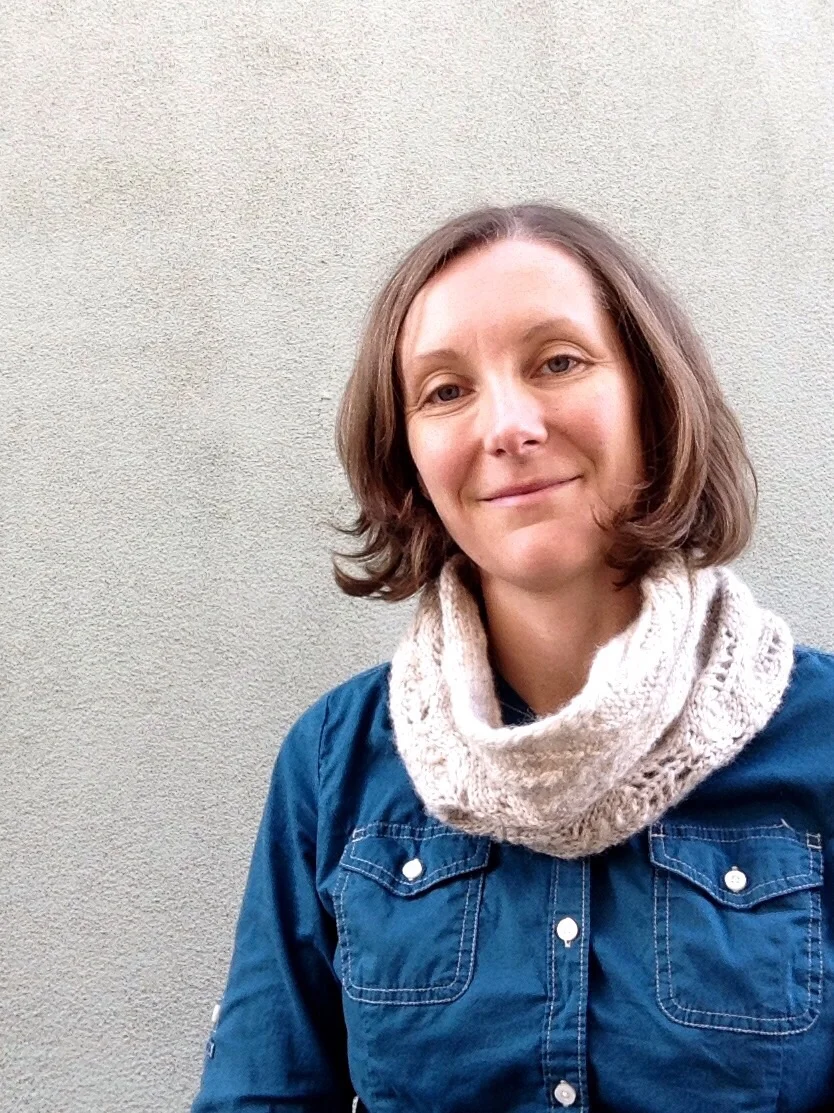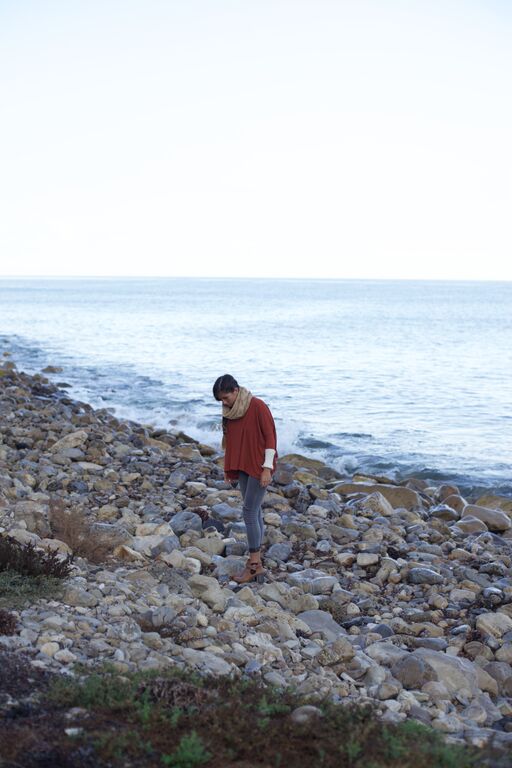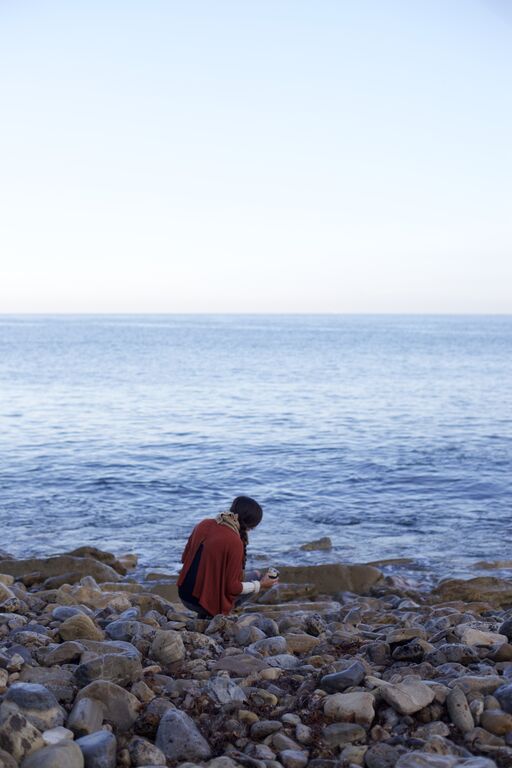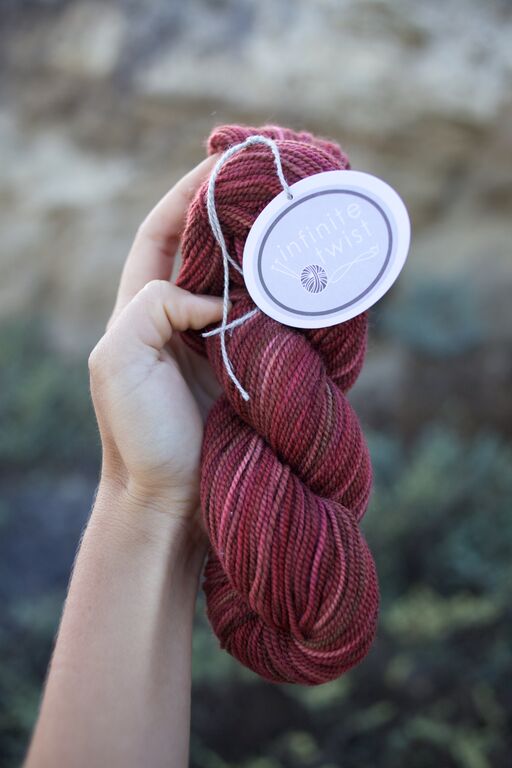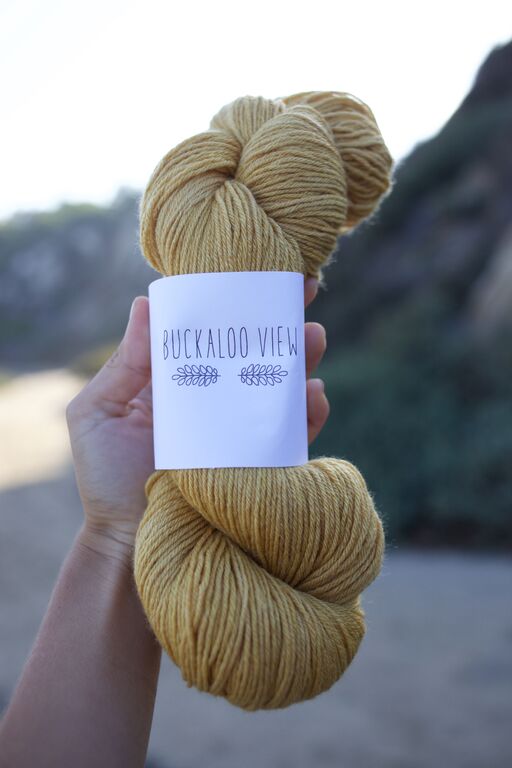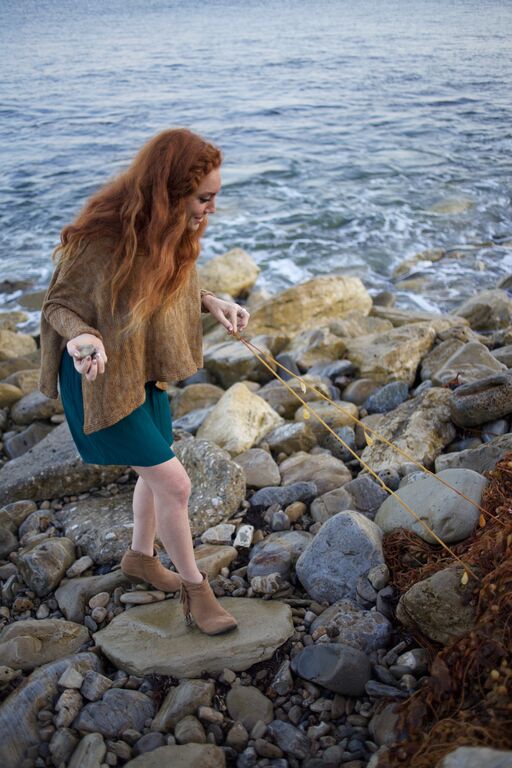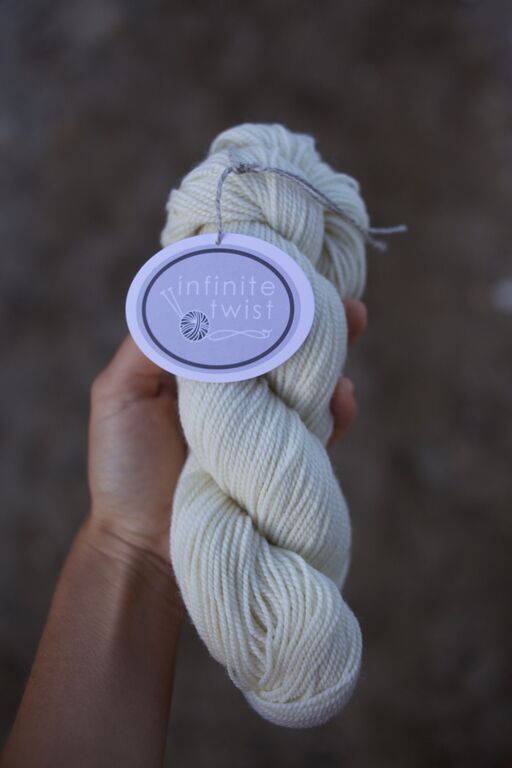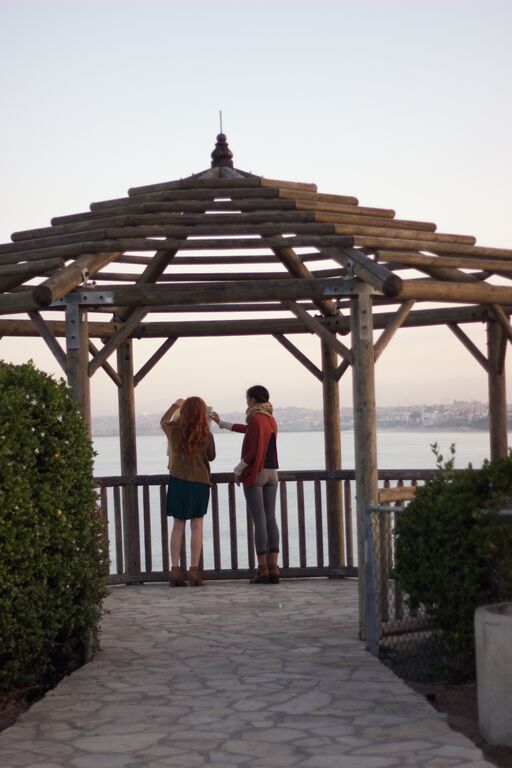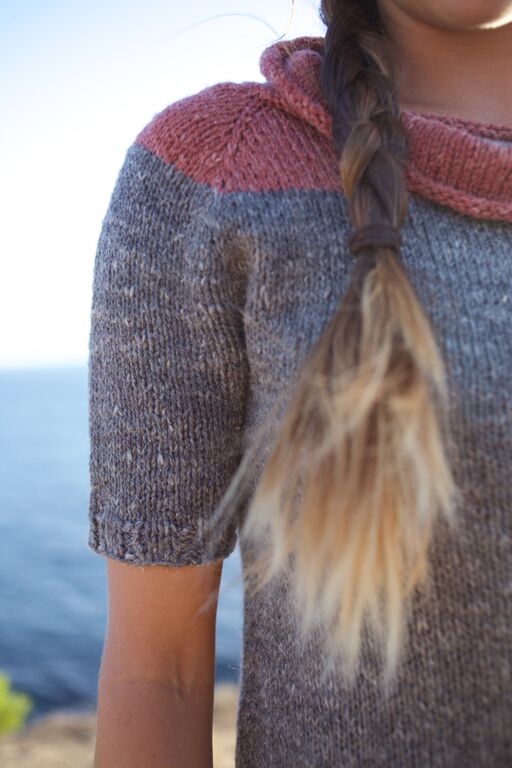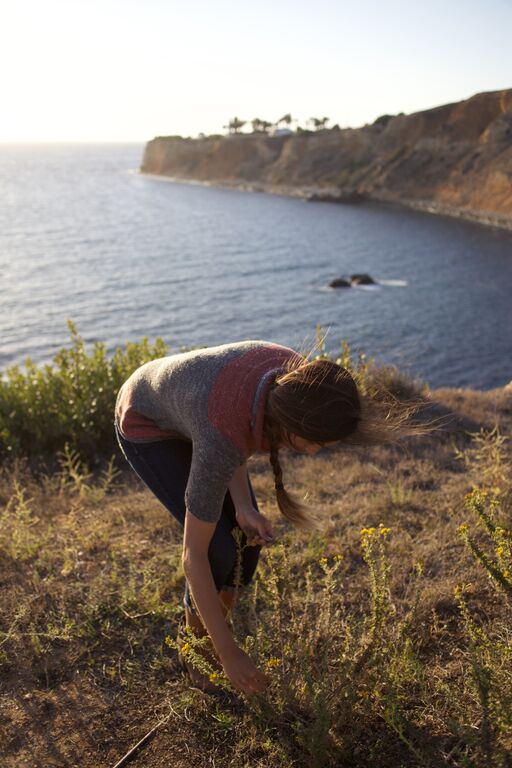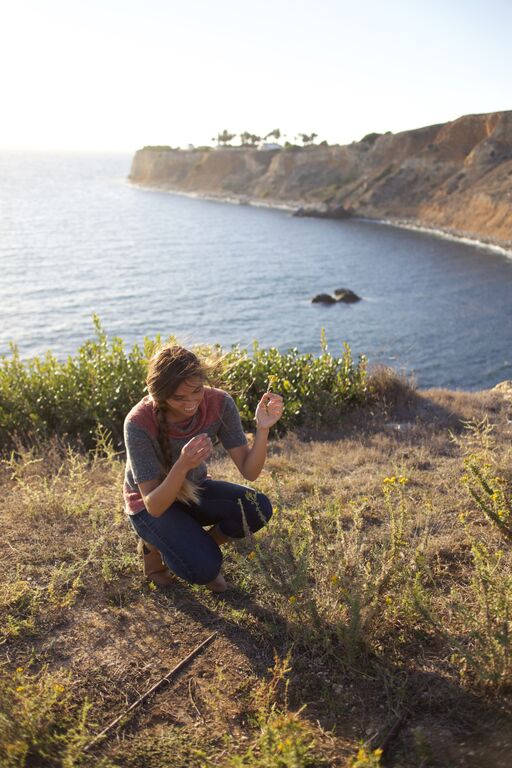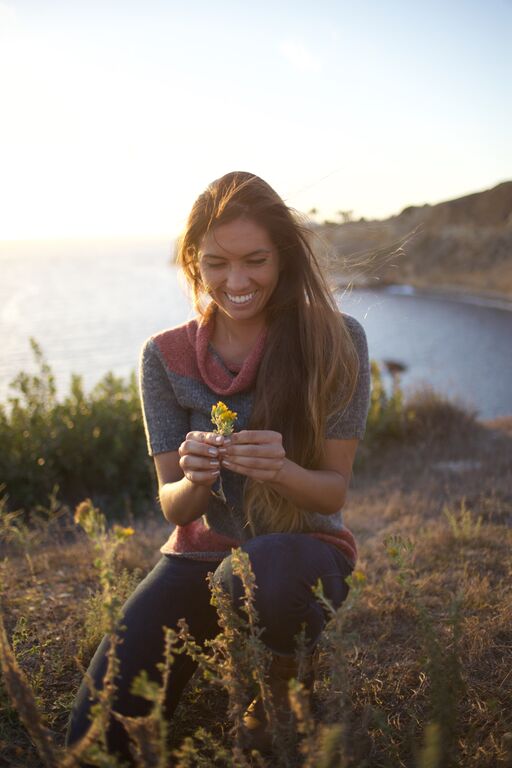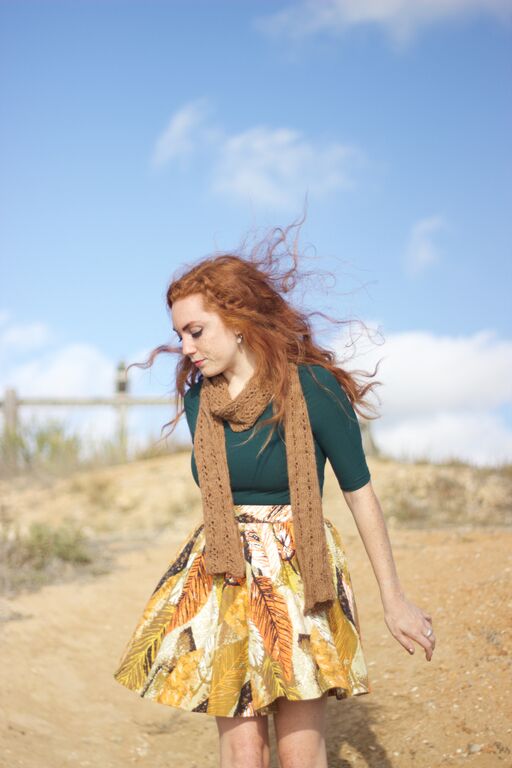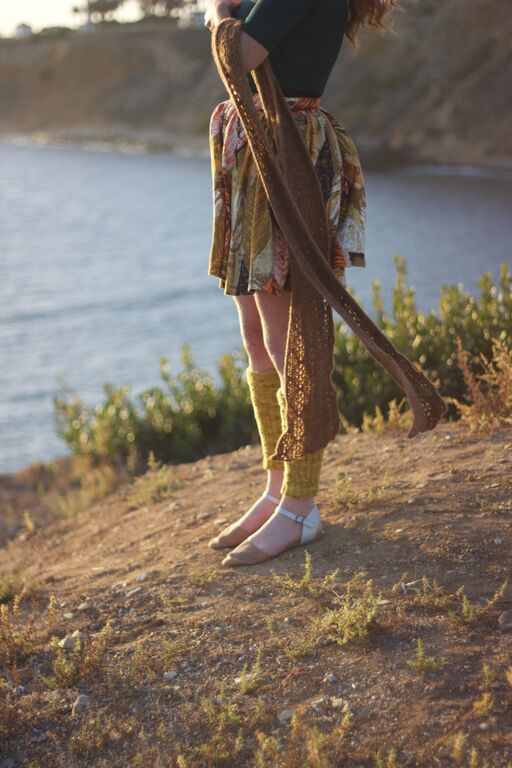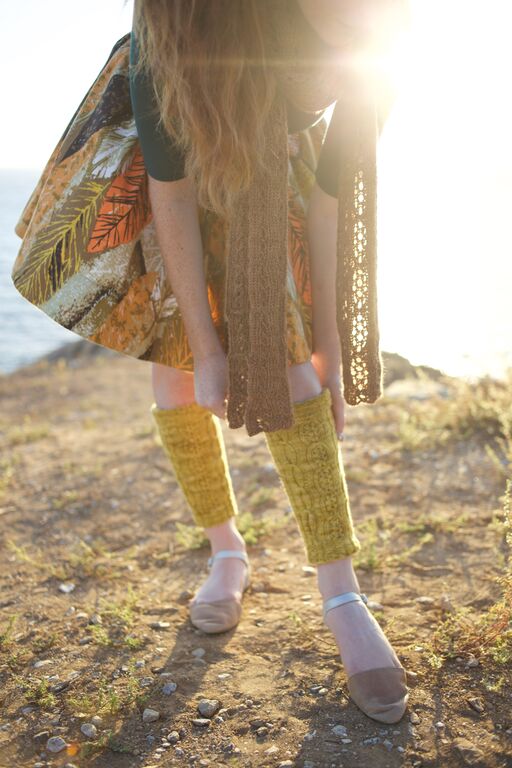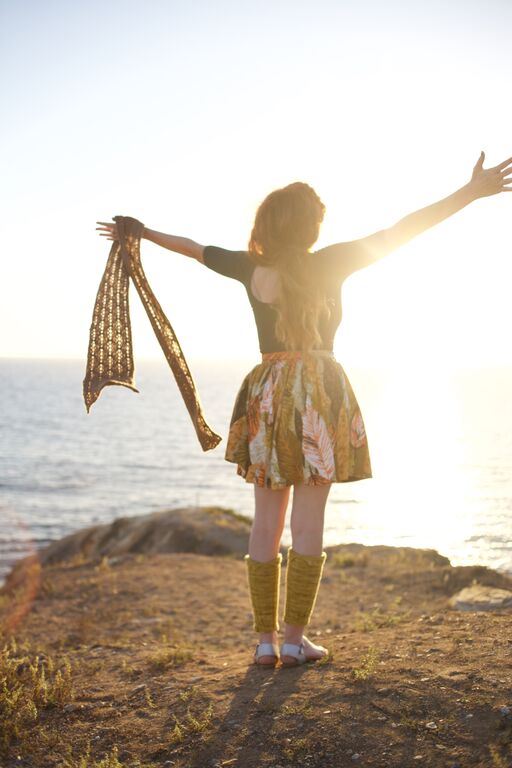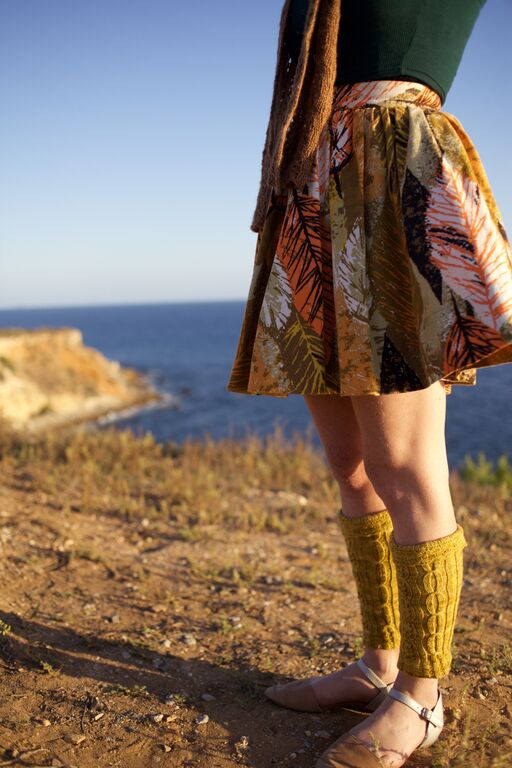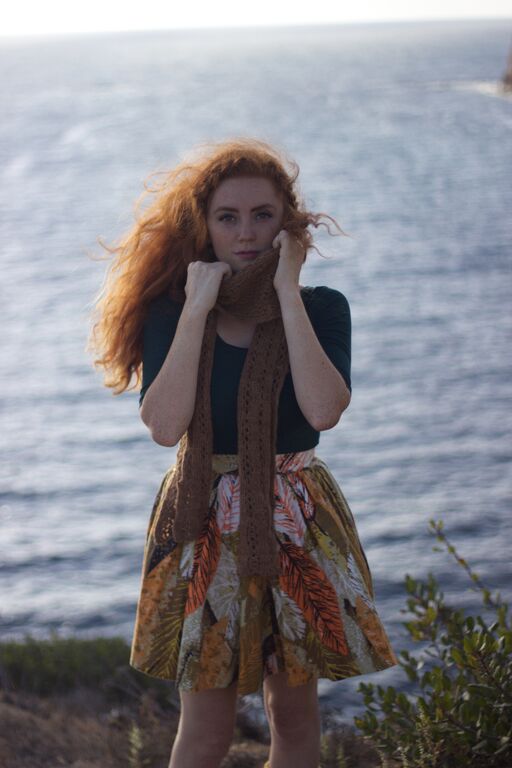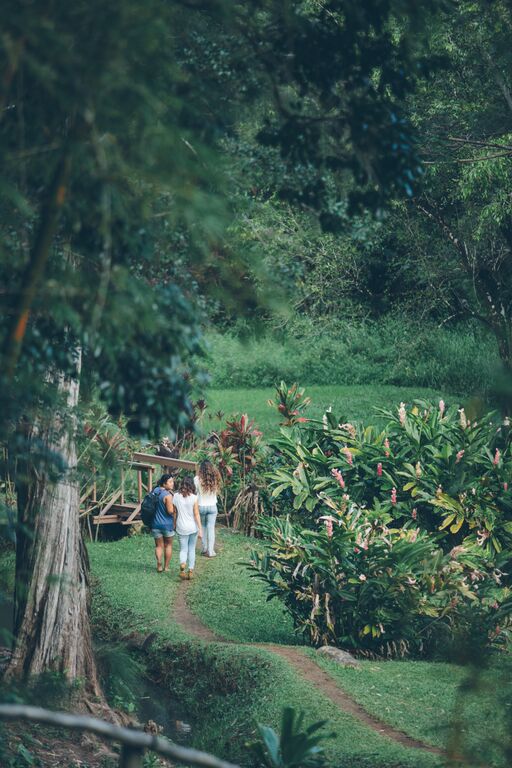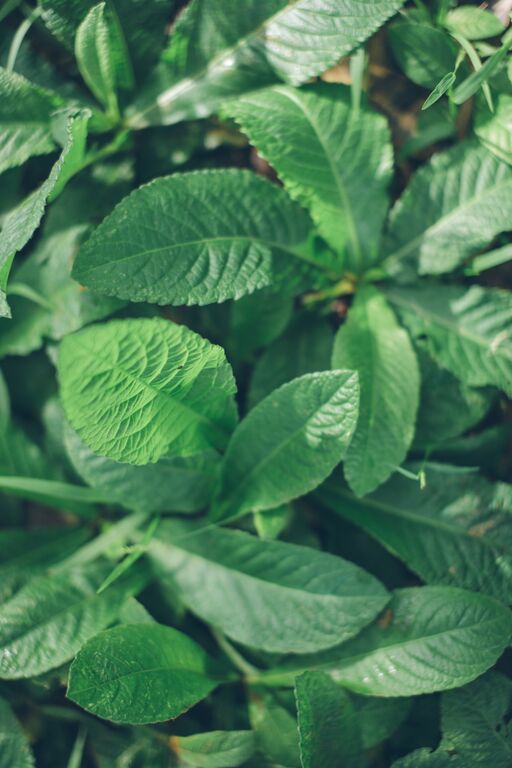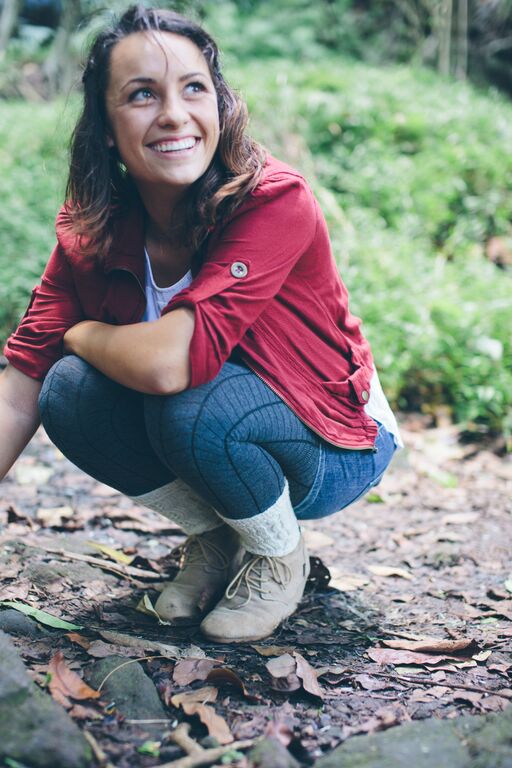Welcome to your place of extras!
& Now there are EXTRA extras!
Below you will find all the treats from before---we haven't moved them! We just wanted to add right up here a few teasers for DWELL. our next issue, due to launch in late January. may these images give you a moment to stop and daydream or reflect...time to dwell on moments that bring you joy...
Lessons From Zed:
Zed can be a great sweater for first time garment knitters, as you may have read in the article introducing the pattern in Issue 1. Here I hope to share a few special lessons to think through in garment altering so you can make Zed for your best fit!
First let's see how Zed actually fits a variety of bodies.
** Kate, shown, is our shortest and most voluptuous frame. She is 5'4" and has a 36 DD bustline.
** Now we see Allison who has a long torso, but is quite lean and smaller chested, measuring 5'8" and 34 B.
** And in the last gallery below, Sophia has a medium build 5'6" with a 34 C bust.
After looking at the way this same garment fits the variety of sizes, and after reading the finished measurements the pattern gives, you may want to adjust Zed in one of these 3 ways...
Longer & Drapier:
This could be an easier fix than you think! You can adjust the number of stitches per inch. The pattern says 5.5 sts per inch for gauge, you can begin try working at fewer sts than recommended. For instance at 5.5 sts per inch your front and back panels will measure approximately 17.5 inches. If however you create your panels at a gauge of 4.5 sts per inch your overall length from shoulder to hem will become 21.75 inches. This newly adjusted gauge will also have a looser drape and seem a bit more fluid.
Slimmer Fit:
To reduce the width from side to side will be created not from stitches as in the example above, but by the number of rows you knit.
Reducing and inch before and after the neck shaping potions of the front panel will result in a total decrease of 2 inches in width. You will need to reduce your back panel as you reduce the front.
An additional way of drawing in the fit would be to extend the length of the side seams. This will give a more structured fit and create a more tailored to body fit.
BE ADVISED:
When you alter the length by adding more stitches, or altering gauge to increase length, you will result in more overall created fabric for the garment. That is to say, you may be using more yarn. So be prepared! Making a slight adjustment, for instance adding 5 to 7 more stitches to the front and back panel will offer an additional inch to inch and a half in length and should fall well in to the yarn called for in the pattern (provided you watched and are knitting at gauge). Want to create different variations and adjustments? Do so with confidence---and a bit of extra yarn! The great thing about having extra yarn? It is like having extra home made cheesecake---it never goes bad! It is always consumed and makes a great treat! Use your extra yarn to create a learn to knit socks gift for a friend! Or knit something for yourself!
And now a treat to enjoy from Melody about her yarn adventure with Golden Wood, which many knitters are creating in our UNEARTH KAL:
Golden Wood: A Story of Yarn
Once I had my ideas in mind for this design, and had a little swatch done, I shared the pattern with Melissa. Shortly after that, I was on my way back from the post office with an exciting parcel in my bag. When I unwrapped the paper, I discovered By Annie Claire yarn, a 100% organic wool naturally dyed by Annie herself. “Fiber processing from pasture to pullover” — the tagline of this beautiful yarn resonated with me so well and epitomized the thing that I love about natural fiber, the ability to trace the many hands that shape the fiber on its journey to becoming yarn.
With a pair of US8 needles, I started swatching using the fir cone stitch. This stitch pattern features yarn overs, increases, and decreases, which create the most beautiful texture. I was happily surprised with the way the yarn behaved. It is quite rustic and still has some leftover vegetable matter that the sheeps fed on for months and months. It has a great stitch definition and the finished fabric had a lot of “structure” to it. The rusticity of the yarn allowed me to play with the pattern in a way that I hadn’t considered before.
The fabric that I obtained after swatching was quite dense and firm. It had enough strength to “stand” on its own, which confirmed my choice to create a small cowl instead of a long one that woud better suit a drapey yarn.
By Annie Claire is a delightful yarn to work with, but since it’s beeing produced in very small quantities, it won’t be available to a large audience. For this reason, I started swatching once more with a yarn that shares some same attributes that the By Annie Claire yarn but also has its own characteristics.
Lark from Quince & Co in the honey colorway was without a doubt my first choice when it came to substitution. The yarn is buttery soft and drapey, which is not something to expect from a 100% non-superwash wool. It has a great stitch definition, which makes working with intricate stitches a real treat.
Even though these two yarns are very different to the touch, I obtained the exact same gauge swatching with a US8 needle: 17 stitches and 22 rows = 4”/10cm in the fir cone stitch.
Lark became even more soft and drapey after blocking. On the other hand, Full Belly Feels Good kept its structure and sturdiness. Realizing that, both of these yarns would be suitable for this pattern. They behave differently from one another, and the finished project will be very different whether using one yarn or the other.
With By Annie Claire yarn, you will end up with a denser fabric, a more rustic cowl that will “stand” on its own. With Lark, even though you will loose this rusticity and density, you will gain a more drapey cowl (or scarf).
These two yarns are used as an example; you can try finding a suitable yarn in your own stash, play with it, experience its different characteristics, and see what would be most suitable for you.
Want to see a beautiful version of Golden Wood knit in handspun?
Our dear reader and friend Cayenne wowed us with her version shown here:
Still WANT A BIT MORE?
• Some days you just need to grab crayons, markers or pencils and connect with a doodling muse! Click the image to print your coloring doodle page.
• We share our heart, soul & life stories in our podcast! These moments give a fuller picture of who helped create this first issue. The podcast gives a deeper glimpse at the dyer, photographer, yarn, location or moment reflected in UNEARTH. Each and every podcast it is our mission to share a great time together as well as leave you with a helpful tool you can download! This podcast is great for sharing with friends who may not know about our publication. It gives them a chance to get to know us and what makes our story interesting before they decide to purchase. We would love it if you shared our podcast with your friends!
Share yourself with us, too! Drop us an email with things you are interested in, ideas you may have, or a story to share!
And now just a collection of images that I {Melissa} especially loved in Issue 1! How about YOU? Why not share an image from our Instagram feed, or a screen shot of your favourite image from UNEARTH? Tag us in it & tell us what it is you love about the image. Your feedback may be just the confirmation we need as we work together on the next issue for you!

